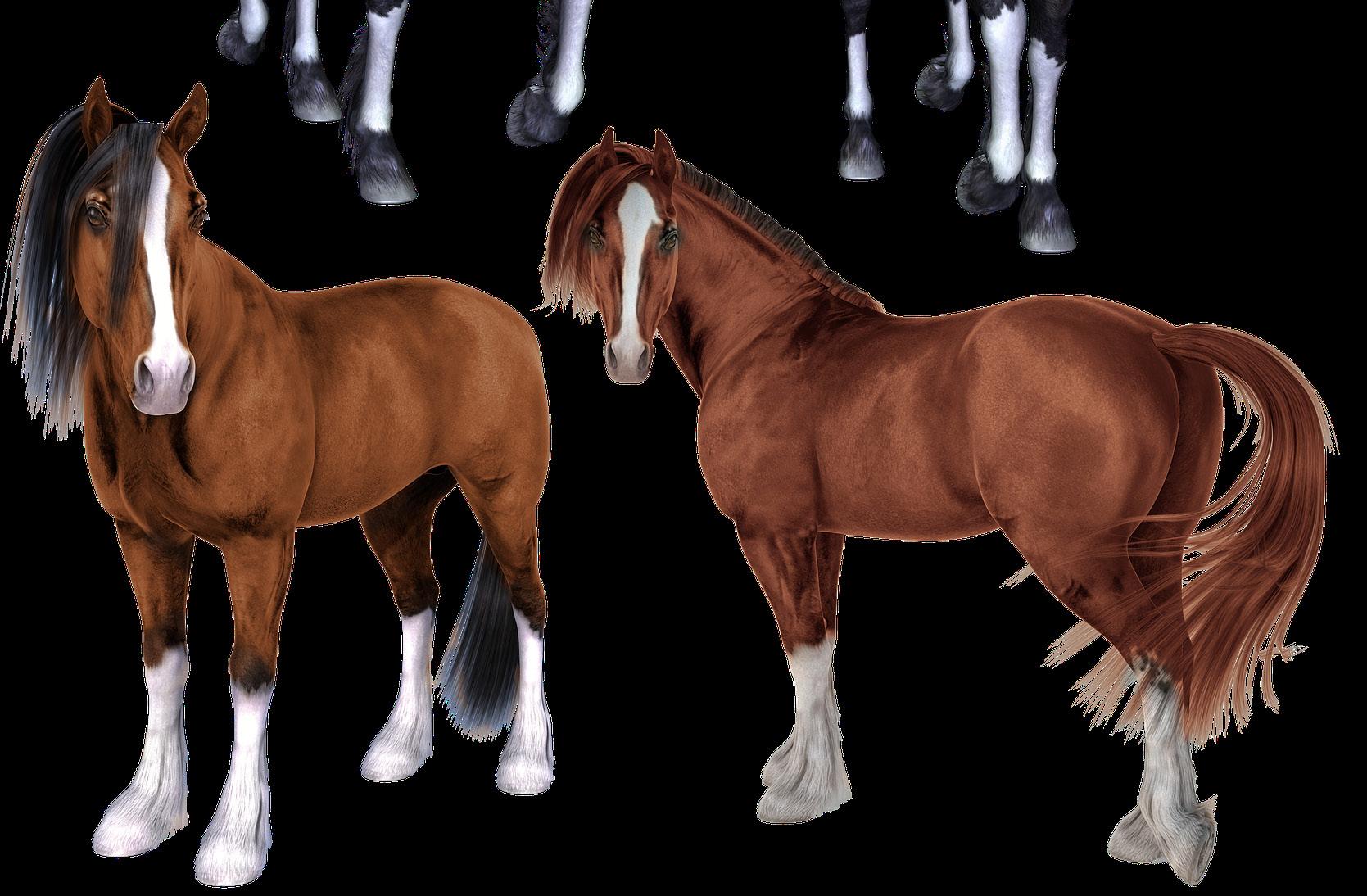
10-50% OFF in all branches
10-30% OFF online



10-50% OFF in all branches
10-30% OFF online

Greetings HQ Pony Mag readers!
It’s wonder ful to have you with us again for another issue of HQ Pony Mag.
As always there’s lots of new stuff in here for you to check out. We have articles on the creation of the mode rn Warmblood, exercises to pe rfect your tur ns, a look at poisonous plants and a discussion of the differences between our senses and those of our precious ponies.
We hope you enjoy diving into the content, and please let us know if there is anything you’d particularly like us to include next month. We’re grateful for the suggestions we’ve received so far, and have got our Pony experts working hard to put some infor mation together for you.
As a 'spooky' challenge for Halloween we want you all to find these icons hidden throughout the magazine. We'll put up a form on Instagram at HQPonyMag for you to fill out with the total number of each you can find. Winners will be selected and will get their pony featured in HQ Pony Mag!
In the meantime, happy horsing! Give your ponies a carrot from us!
Much love, Lizzie and the HQ Team xxx
We’d love to hear from you and receive your photos, drawings or pony-related thoughts. To get in touch send an email to lizzie@hqmagazine.co.za and we’ll get back to you!


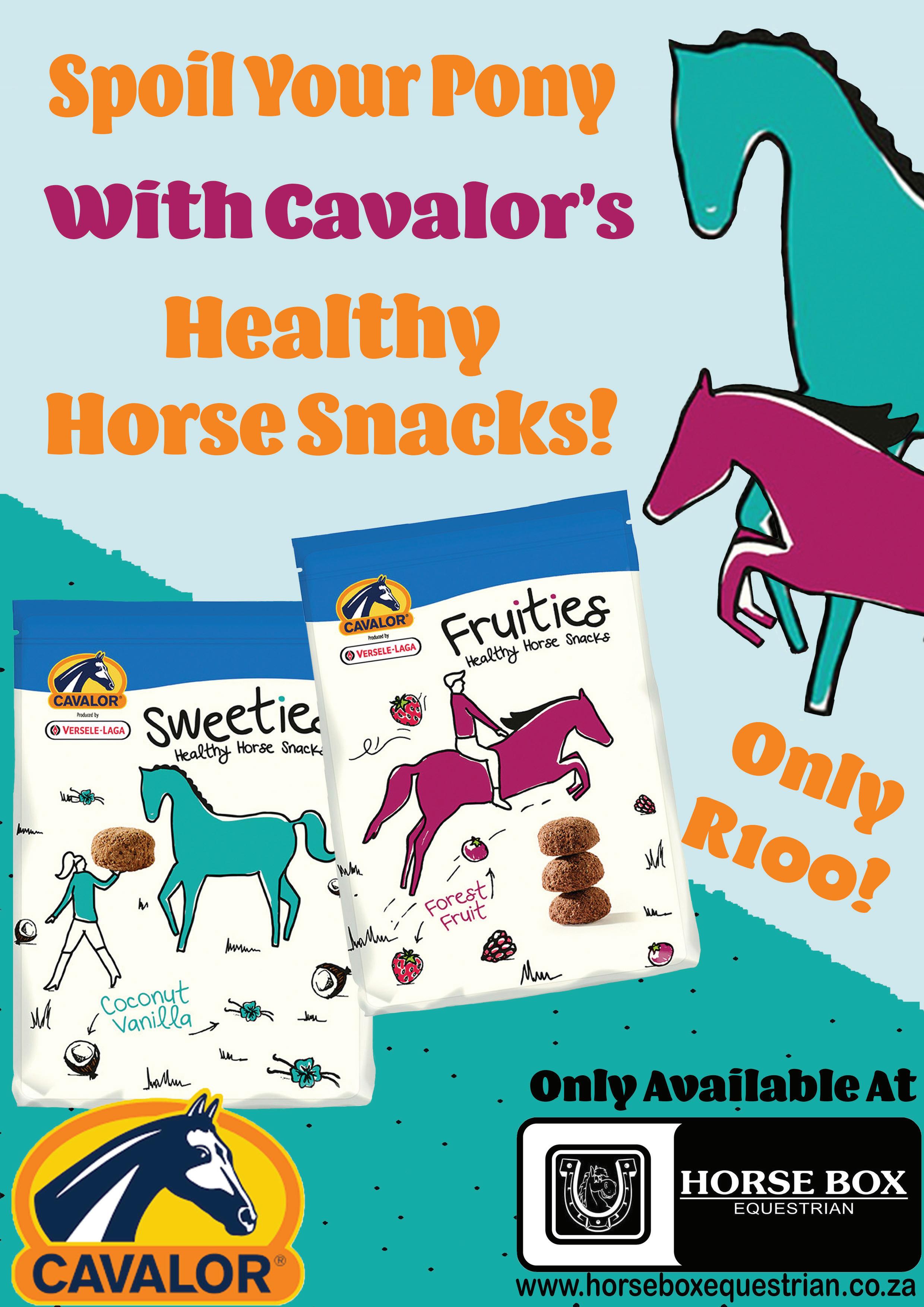

Whether you’re a budding showjumping or dressage diva (or a bit of both!), you need good steering to succeed! Being able to ride accurate turns is superimportant – it’ll boost your dressage scores and help you jump smoothly around a tricky track. Lots of us think turning is simple, and yet so many of us are doing it wrong! Tweak your turns with this article, and you’ll find yourself with higher marks in your dressage test and a smoother round in the jumping. Enjoy!
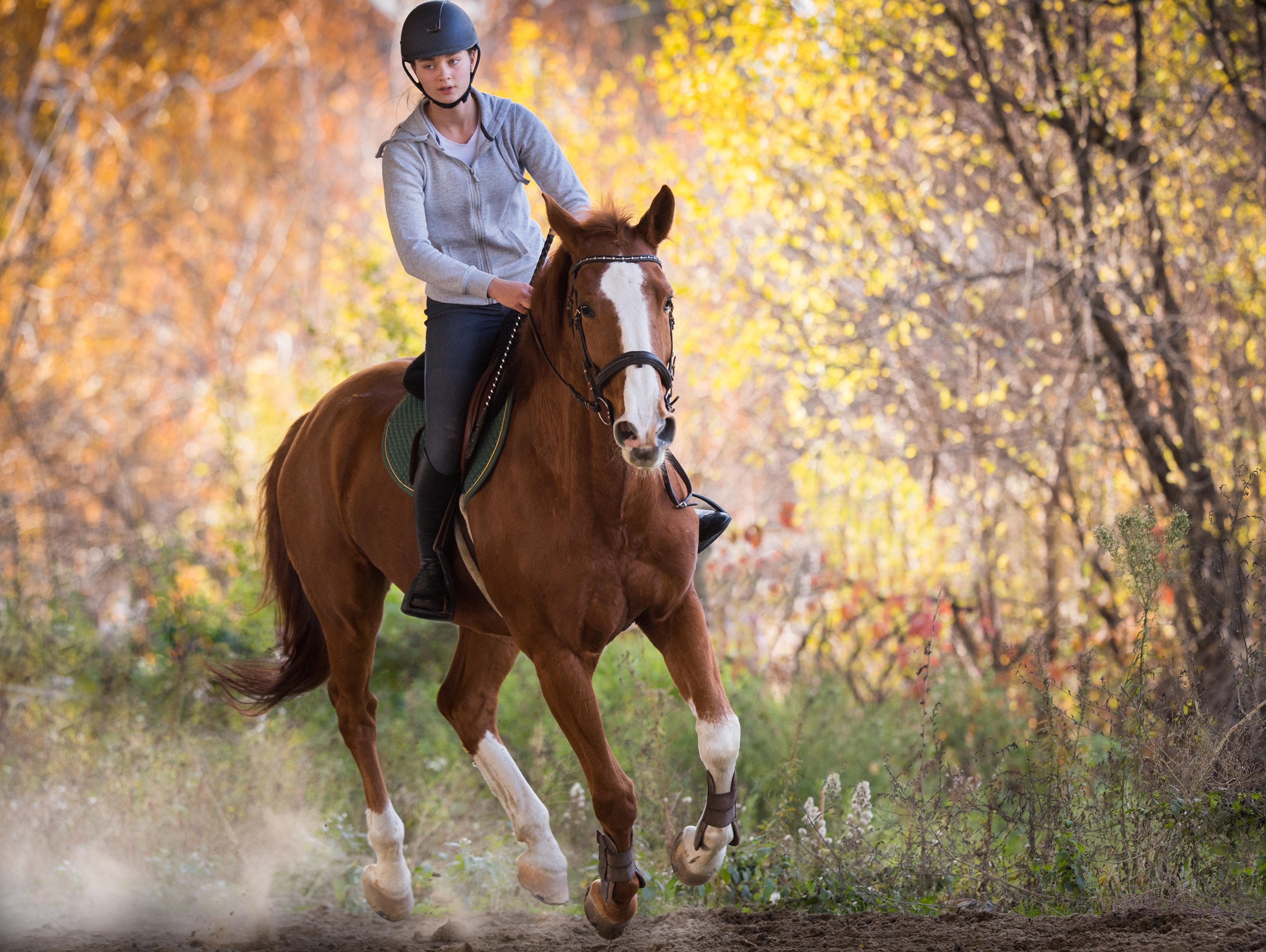
The first thing to know is that you should not be turning your pony with only your inside rein. Your outside rein and legs are your main tools for turning, and your inside rein simply guides the bend. Pulling on the inside rein to turn your pony does work but dumps all of his weight onto his inside shoulder or causes him to fall through his outside shoulder. All in all, the effect isn’t pretty! You don’t want to look like a motorbike going around the arena so turn with all of your aids to keep your pony balanced and moving around the turns and corners elegantly.
Here’s a quick reminder of the aids:
• Inside rein asks your pony to bend around the corner and look where he’s going
• Outside rein keeps him balanced and controls his shoulder and speed
• Inside leg pushes his body into the corner
• Outside leg stops his hindquarters from drifting to the outside
Try and keep your hands level and your contact even through both reins. This will help make your aids really clear for your pony.
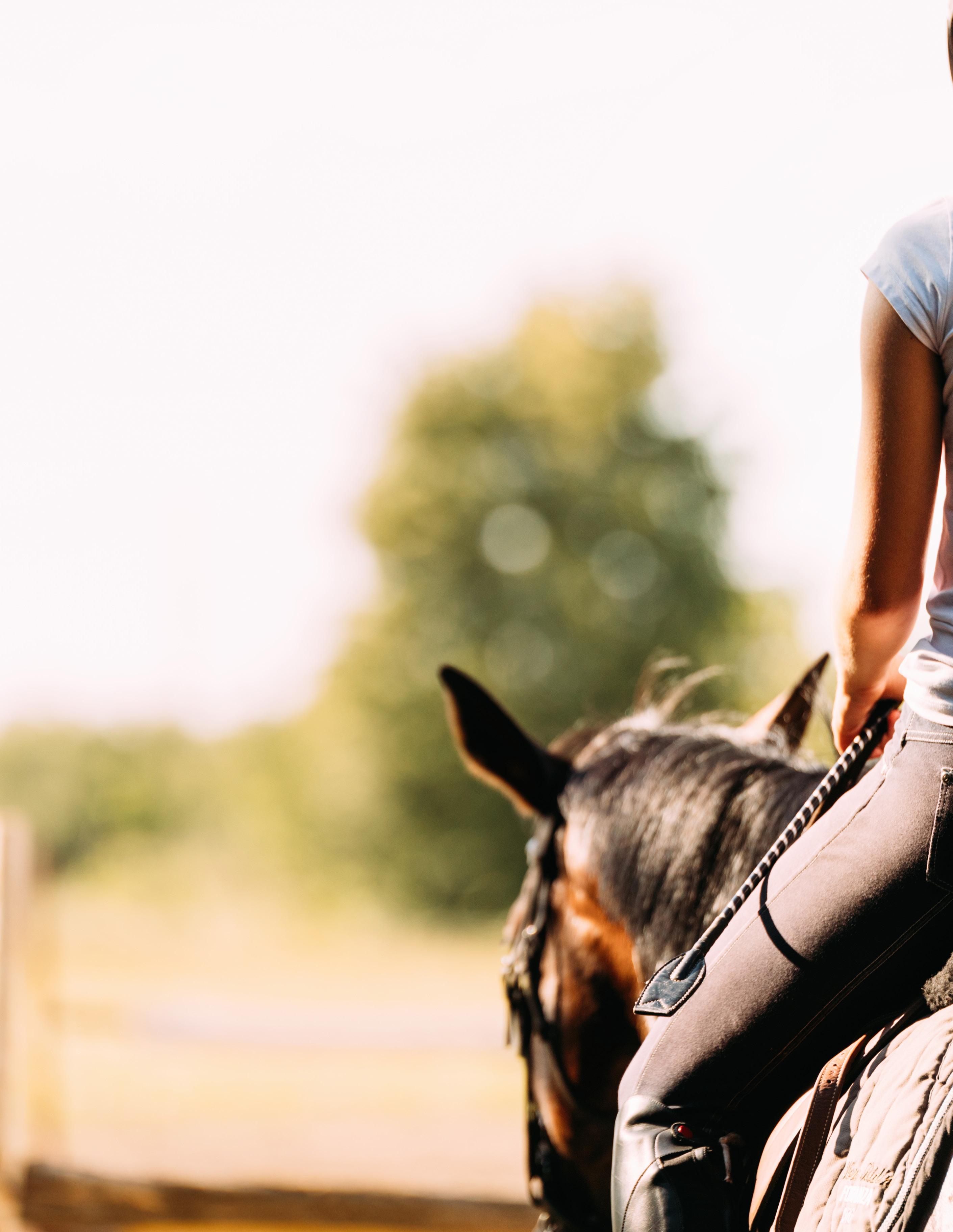
It can be hard to sit quietly, particularly on a lazy pony, but if you flap your legs and get busy in the saddle, you tend to just confuse your pony with all of the noise. Instead, try and use clear aids rather than constantly nagging him, and you will quickly see the results. Using the aids only when you mean to will ensure that your pony knows when you want to turn and how big a turn you want to make.
Always turn your shoulders in the direction you are going in and keep your eyes up and looking in the right direction, rather than looking down at your hands or your pony’s ears.

It’s a good idea to keep things simple and start by riding your turns from the track. Your pony will naturally stay straighter when on the fence or edge of the arena, which allows you to focus on your position and aids without thinking too much about what your pony is doing.
SET UP: Place two poles just off the track at A, approximately 2m apart.
1. Ride an active walk large around the arena.
2. Before you approach A, look up and use your inside rein to ask your pony to bend a little towards the poles. Keep your inside leg pressed against his side, close to his shoulder, so he doesn’t turn too early.
3. As you make your turn, keep your outside rein firm to stop him from falling through his shoulder. Press your outside leg behind the girth to push his body over into the turn.
4. Ride confidently between the poles, keeping your hands wide and wrapping your legs around your pony’s sides to help to keep him straight.
5. Make a smooth turn when you reach C, and then go large and try it again.
CHALLENGE TIME: To make it more difficult and check just how accurate your turns are, move the poles closer together. You’ll need to time your turn perfectly and have your pony really listening to your aids. Once you’re super confident in walk, you can have a go in trot, too.
This exercise will help you to ride a really accurate turn and improve your aids. The turn comes up quickly, so make sure you are ready or the turn won’t be smooth.
SET UP: Place a pair of poles roughly 1.5m apart along the three-quarter line. Using two more poles at right angles, create a large L-shape with a gap in the outside corner.
1. Start in the walk and ride your turn from the track towards the poles.
2. Focus on keeping your pony straight by having an even contact through your reins and through squeezing with both legs.
3. As you enter through the poles, prepare for the turn by riding a half-halt, looking up and asking him for a slight bend to the inside.
4. On the corner, use a strong outside leg aid to push his body around the turn. Squeeze with your inside leg to encourage him forward as well.
5. Keep a consistent feel in your outside rein – you should be able to feel him pushing into your hand.
6. Straighten up again through the poles and give your pony a scratch on his neck to tell him how well he has done!
CHALLENGE TIME: For a tricky accuracy test, place two more poles on a right angle at one end to create a zig-zag. Ride through in walk a few times on each rein to check how supple and responsive your pony is, then try in trot.
Make sure the try Exercises 1 and 2 equally on both reins, so you do the same number of right and left turns.


There are many different saddle shapes, designs, and styles available, with more customisable saddles becoming available all the time. Here we will discuss the three most common types of English saddles available: jumping, dressage, and General Purpose (GP) saddles.
The jumping saddle is easily recognised by its very rounded knee roll, shallow seat and short saddle flap. The rounded knee roll offers the rider support in the jumping position, where the stirrups are often shorter, so the knees are bent. The shallow seat allows the rider to maintain close contact with the horse’s back, and the low cantle allows for the rider to freely sweep out of the saddle when going over a jump. The short saddle flap allows the leg to make good contact with the horse when in shorter stirrups.
 Text
Text
The dressage saddle is distinctly different to the GP and jumping saddles. It has long, straight knee rolls set on long, narrow saddle flaps. The seat of the dressage saddle is very deep and features a high cantle, supporting the rider from behind. The long, straight knee rolls encourage the rider to ride with a longer leg. This is important to allow the rider to give
The GP saddle looks like a blend between the dressage and jumping saddles. It is suitable for riders that want to do a little bit of everything with their pony. Its shape is non-specific, and it is a versatile saddle. The GP has a slightly curved knee roll to allow for both low-level jumping and basic dressage. The cantle is a medium height, offering some support to the rider, but not as much as a dressage saddle and offering enough freedom for the rider to do some jumping. The saddle flap is slightly longer than on a jumping saddle and shorter than on a dressage saddle, which accommodates a rider doing either jumping with short stirrups, dressage with long stirrups, or general riding with medium length stirrups.
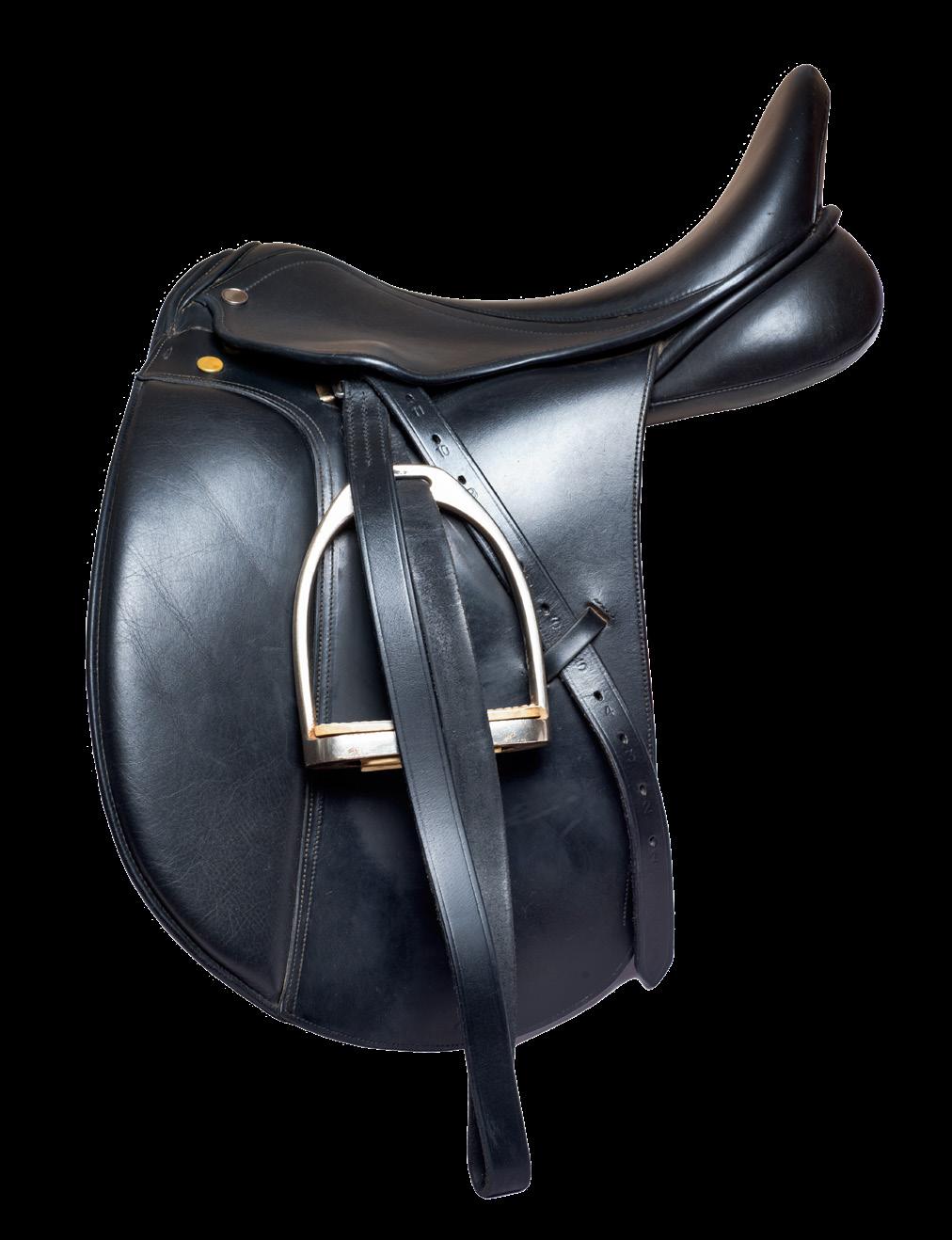
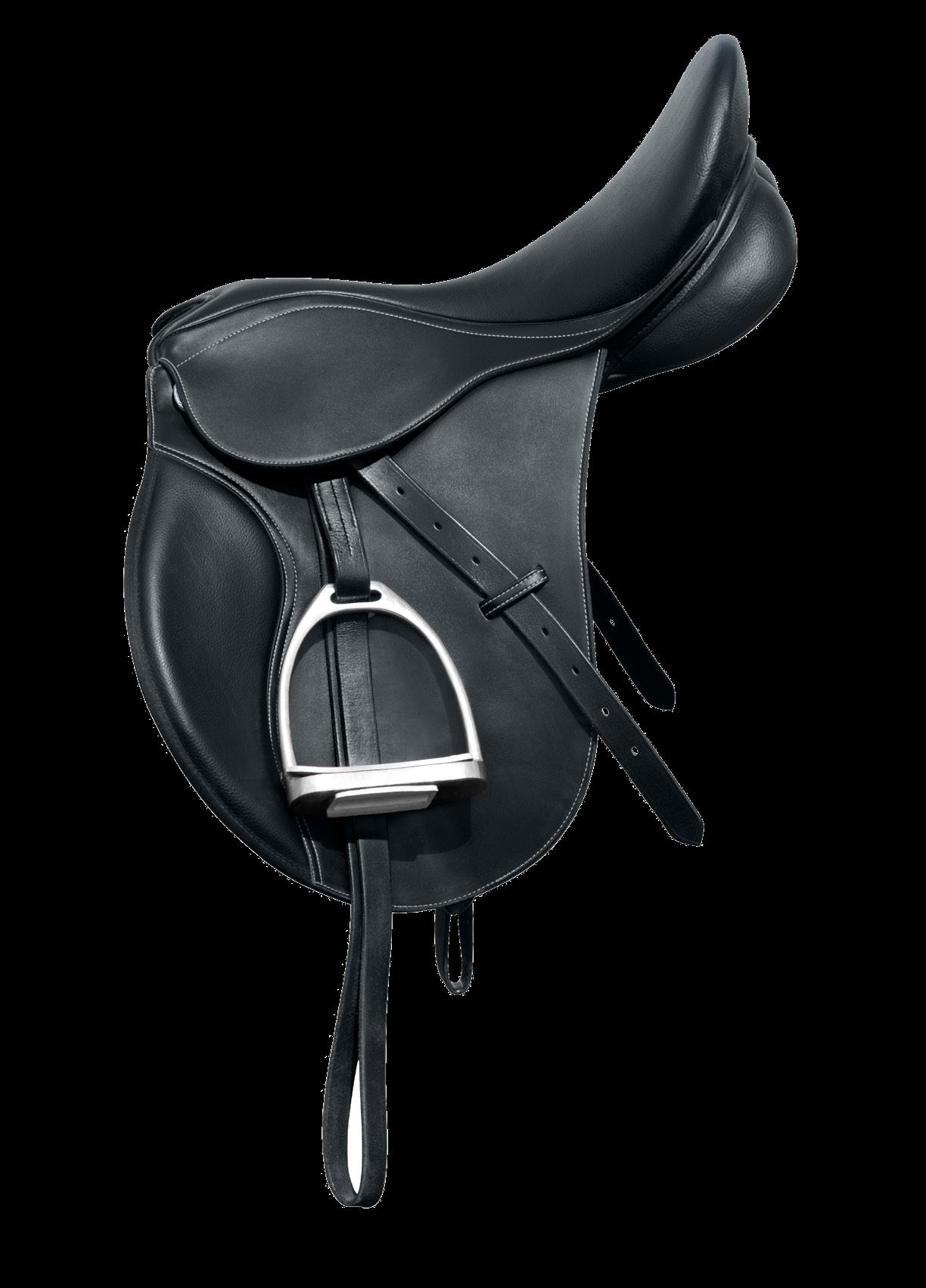
While is it helpful knowing which saddle is suitable for which discipline, what is most important is learning to ride with an independent seat and making sure the saddle fits. A great rider can ride well with any type of saddle, regardless of the discipline! At the lower levels, having a specific saddle is not always necessary - do not underestimate the power of the humble General Purpose saddle! However, at the higher levels, a discipline-specific saddle does make a difference and is a worthy investment.
We tend to spend hours thinking about our riding and tweaking our skills in the saddle, but when was the last time you did some work on your pony’s groundwork? Handling and leading your pony is part of his daily routine, so making sure he’s well-mannered is not only crucial for your safety but also makes life easier for anyone else who handles him.

When you begin leading your pony, it is a good idea to stand on his left side next to his shoulder. This is the side from which you normally tack-up, mount and dismount too. Whether you are leading with reins or a lead rope, your right hand should be nearest to his head, a few centimetres down the rope, away from the clip. Position your left hand further down to stop the reins or rope from dragging on the floor or getting caught in your pony’s legs. If your pony is not very forward going, it can be a good idea to carry a whip or crop in your left hand.
Over time it is great if you can teach your pony to be led from both sides to create a bit of symmetry. To begin with, however, it is best to start with the side he will be most used to, i.e. his left-hand side. This is while you get used to leading him and moving him around. There is no reason that you cannot lead from the right eventually. It is just traditional to lead from the left, and most ponies are used to being led in this way.
When you ask your pony to walk on, use your voice and take a step forwards. He should listen to your aids straight away, but if he doesn’t respond, reach behind you with your whip in your left hand as if you are going to scoop his hindquarters forwards. This gesture of reaching back with the whip should encourage him to move forwards. Ideally, you don’t want to touch him with the whip, just scoop forwards, but if he is stuck and not moving, you can reach back and tap him gently on the hindquarter with the whip while facing forwards. Try to avoid pulling or dragging him forwards as this pulls him onto the forehand and may lead to barging. When you walk with him, try to stay at his shoulder.
Ponies are very good at reading body language – they can sense when we feel nervous. So while you’re practising, be positive and if you feel really nervous, ask a friend or adult to help you the first few times.
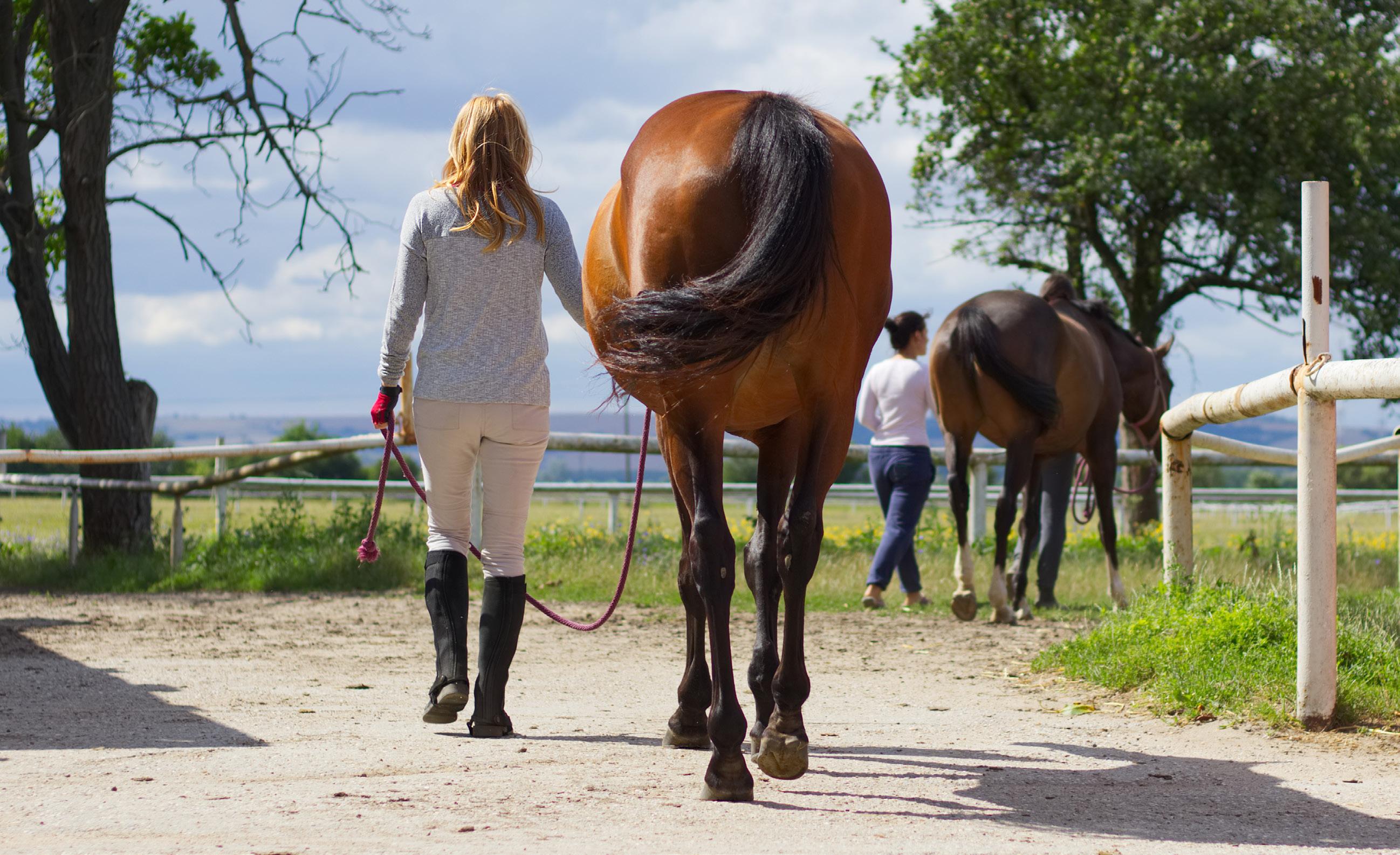
It’s super important that you wear the correct gear when handling ponies. You should always wear a correctly fitted riding hat, boots and gloves. It is best to practice your handling skills in a safe, enclosed area to begin with in case you have a bit of trouble getting your pony to listen. This will help to keep both of you safe and avoid any accidents.
Get your pony used to halting as soon as you ask him to. To ask for halt, slow down your own pace and apply a bit of backwards pressure on the leadrope. Don’t forget to also use your voice. If your pony doesn’t listen to you when you ask him to stop, you can put your whip in front of his chest. This should encourage him to stop. If he barges through this, you can wave the whip a bit in front of his nose, which should cause him to stop. Practice your stopping by walking around and randomly halting. Your pony’s reactions to your aids should get quicker the more you practice.
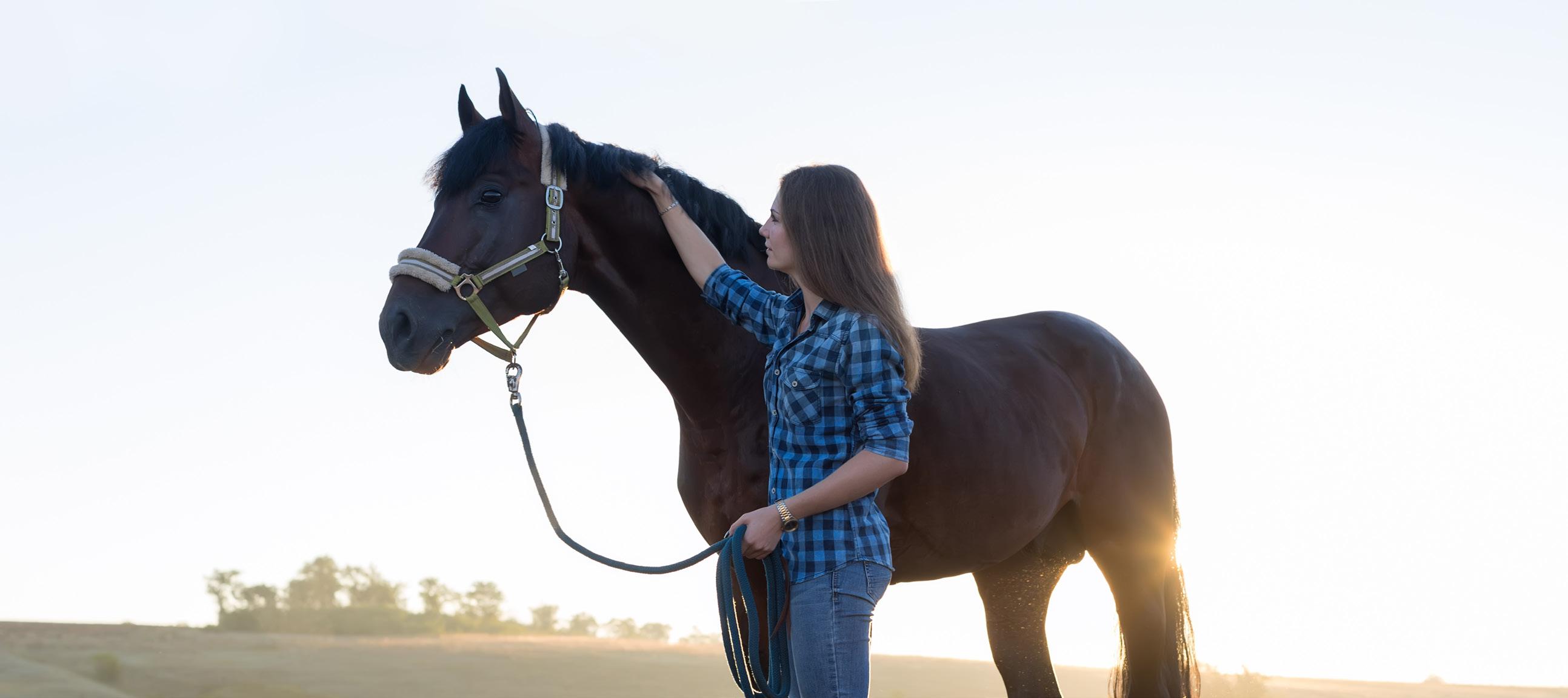
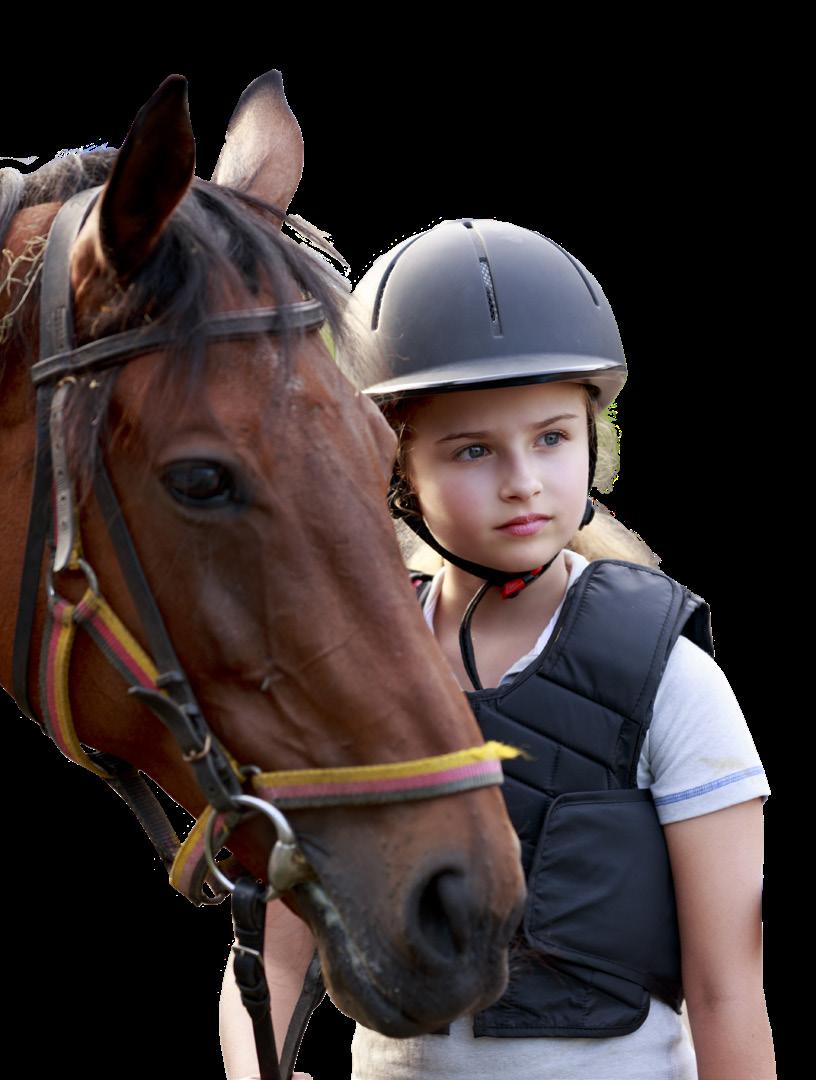
When he’s engaged and listening to your aids, make sure to give your pony a reward or scratch on his neck, so he knows he’s done a good job.
For pushy ponies, the back-up is one of the best exercises you can teach. To do it, step in front of your pony and face him with your whip lifted in front of his chest. Gently tap him on the chest until he takes a step backwards. As soon as he does this, stop tapping and relax for a few seconds. Then repeat this exercise. Eventually, you will be able to get two or three steps back each time and then more as you keep practising. Once your pony knows knows this exercise, you can use it if he pushes past you to back him up to where you asked him to stop initially. This is good for reducing pushiness and can help to teach your pony to pay attention.

Stopping is not quite enough to ensure good manners. Your pony needs to be able to stand still. Whether you are riding him or holding him for the farrier, it can be frustrating if he doesn’t stop fidgeting. When you ask for halt, start off by counting to three and then ask him to walk on again. Gradually increase the length of time he has to stand still for. If he tries to move on before you ask, walk forward another couple of steps, then ask for a halt transition again and wait. Alternatively, you can ask for a few steps of back-up to return him to where he was originally standing. You might have to repeat this a few times until he gets the hang of it.
Whether you’re heading to the paddock or doing some polework in-hand, you’ll need to teach your pony to turn around or change direction. Always ask him to turn away from you – you don’t want him to tread on your toes or trip you up! To turn him, use your body and turn his head to face in the direction he needs to go. Alternatively, you can put your whip out in front of you and use it as a guide by turning it in front of him in the direction you want to go.


If you’re happy that your pony is listening to your aids, you should try and take him into a more open space. This is sure to put your groundwork skills to the test!
A polite pony on the ground makes for a polite pony under saddle. You’ll soon notice a difference in his behaviour when he understands what is expected of him, so start practising your groundwork, and you’ll see your ridden work benefit too!
Appaloosas have unique markings. They are like snowflakes - no two are the same!
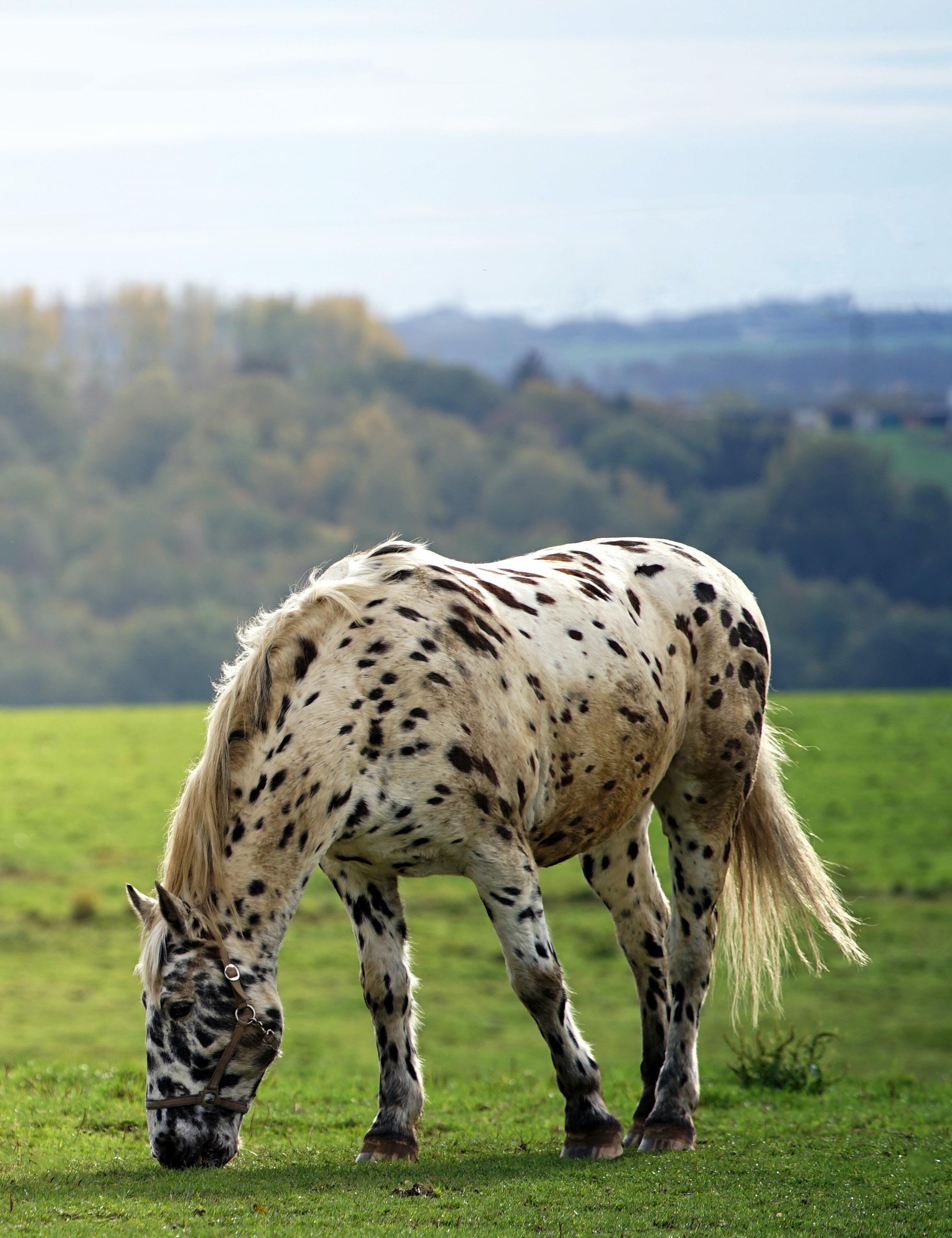
Have you ever thought about your pony’s senses and how they experience the world? They have the same five senses that we do (hearing, sight, touch, smell and taste) and yet their sensory organs, the body parts responsible for their senses, are built a little differently to ours. This means their senses don’t work in quite the same way and that their experience of the world is a little different. Understanding this can help us to understand our ponies a little better.
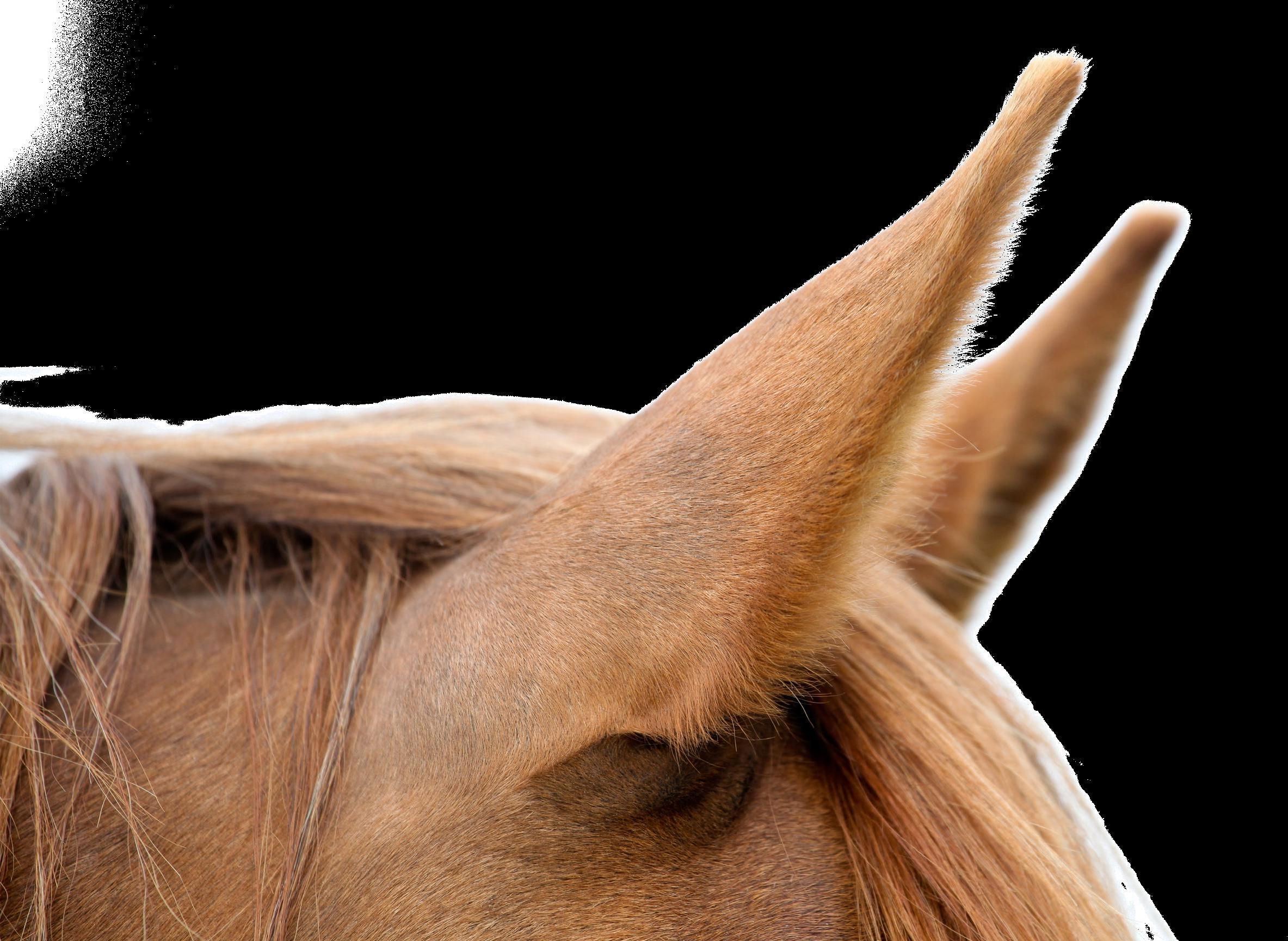
Horses’ ears are quite remarkable! With their ears being so large, it is no surprise that horses have much better hearing than we do!
While the internal parts of their ears are similar to ours in many ways, their ears can rotate 180 degrees allowing them to collect sounds from lots of different places! This also allows them to pinpoint the exact location the sound is coming from in order to figure out what the sound is. Amazingly, they can turn their ears independently (one at a time) so they can zoom into two completely different sounds at one time.
Horses can hear sounds above and below our range, which explains why they sometimes seem to hear something that we are unaware of. This keen sense of hearing allows horses to detect danger from far away, giving them enough time to flee to safety.
Imagine riding your pony on a windy day… I’m sure you’re picturing your pony being a little on edge? This is because the wind can carry sounds from far away, alerting your pony to many potential threats. Very harsh winds can also impair your pony’s hearing, making them feel vulnerable and therefore a little less safe than usual. This effect is kind of like riding so fast that the wind blocks your ears a bit! So on a windy day have a bit more sympathy for your pony and his anxiety – he is probably picking up on lots of things you don’t even notice.
Horses’ eyes are also very different to ours! If you’ve ever stared into your pony’s eyes, you’ll have noticed that they do not have a round pupil like us. Instead, the pupil is long and narrow, stretching horizontally across the eye. This is so that they can get a full panoramic view of their surroundings and means that they can see a long way around without moving their heads. This is important for them to be able to see danger from all sides and angles. The placement of their large eyes on the sides of their faces means that they can see 350 degrees around them. They do have a small blind spot right in front of them and one right behind them due to the wide set of their eyes, but luckily if they simply tilt their heads, they can see these areas easily.

Horses also do not see the same colours that we see. Scientists are still trying to understand exactly what colours they see, but it is believed that they see primarily in blues and greens. Other colours, particularly reds, seem to appear blue and green when a horse looks at them.
Horses’ eyes sit quite high up on their heads in comparison to other animals. This is so that they can graze in the tall grass without losing their view of the surroundings.
Now that we know that our magical ponies hear and see the world differently from us, we can begin to understand them a little bit better. This also means that we can be a little more patient and helpful when our ponies are struggling with certain things. In the next issue, we will be discussing the other three senses: smell, taste and touch!
Breed purpose: Mining, grazing, riding
Size: Up to 14.2hh (148cm)
Coat colour: Any apart from piebald, skewbald, spotted or blue-eyed cream
The New Forest Pony is a fascinating breed native to the United Kingdom. The breed was first written about and described in 1066, but it is believed that the ancestors of the New Forest Pony roamed the woods and heath of the New Forest before the last Ice Age.
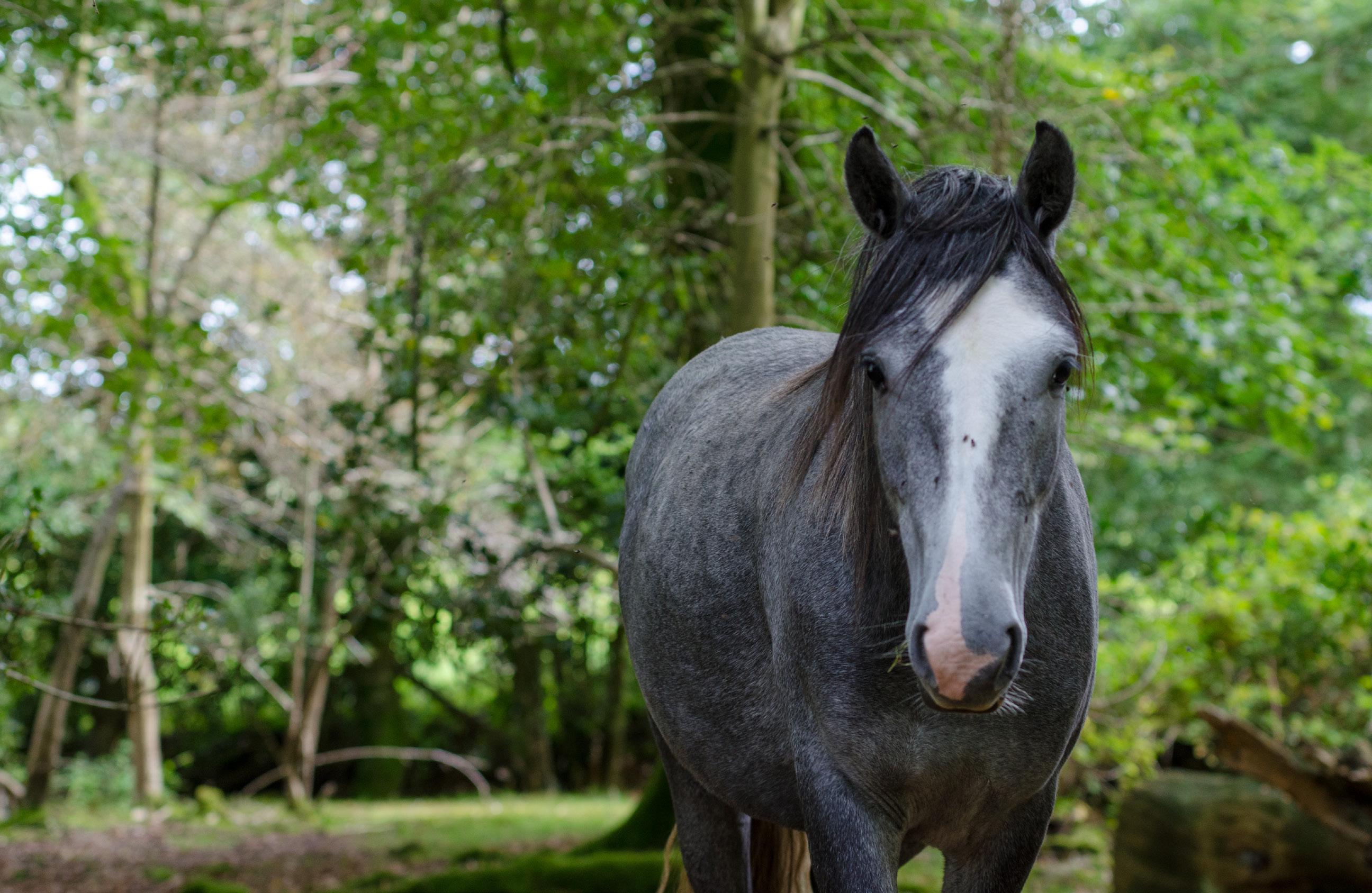
The New Forest is an accessible piece of land in Hampshire that was once crossed extensively by travellers on horseback. Although later the New Forest became a royal hunting ground under William the Conqueror, forest-dwellers known as Commoners had the right to put their ponies out to graze, and the forest still supports these herds of feral ponies. Varieties of ponies living together in this way and mixing with the horses and ponies of travellers, meant that lots of cross-breeding happened between mares and stallions. This created quite a diverse group of ponies.
Text | Christie WolhuterThen, in 1765, a Thoroughbred stallion called Marske was brought to the forest after being sold by his owner, the Duke of Cumberland. He was the father of Eclipse, possibly the greatest racehorse of all time. Marske lived and bred with the forest mares for a short time before returning to stud. Later in 1889, Queen Victoria lent an Arab and a Barb stallion to improve the herd. Subsequently, Highlands, Fells, Dales, Dartmoors, Exmoors and Welsh ponies were introduced. Finally, another major influence on the breed was the polo pony stallion, Field Marshall, out of a Welsh pony mare.
All of this just goes to show how many different breeds have been involved in creating the New Forest Pony.
In 1910 a formal studbook was created, and now Purebred New Forest stallions approved by the Breed Society run out on the Forest with the mares for a short period each year.
In the 1940s, there were fewer than 600 ponies left, but careful breeding programmes have seen the numbers increase significantly. There are currently over 3000 ponies in the New Forest Park, where they roam freely in small herds. They are a popular tourist attraction, with many people stopping to view them in their natural habitat.
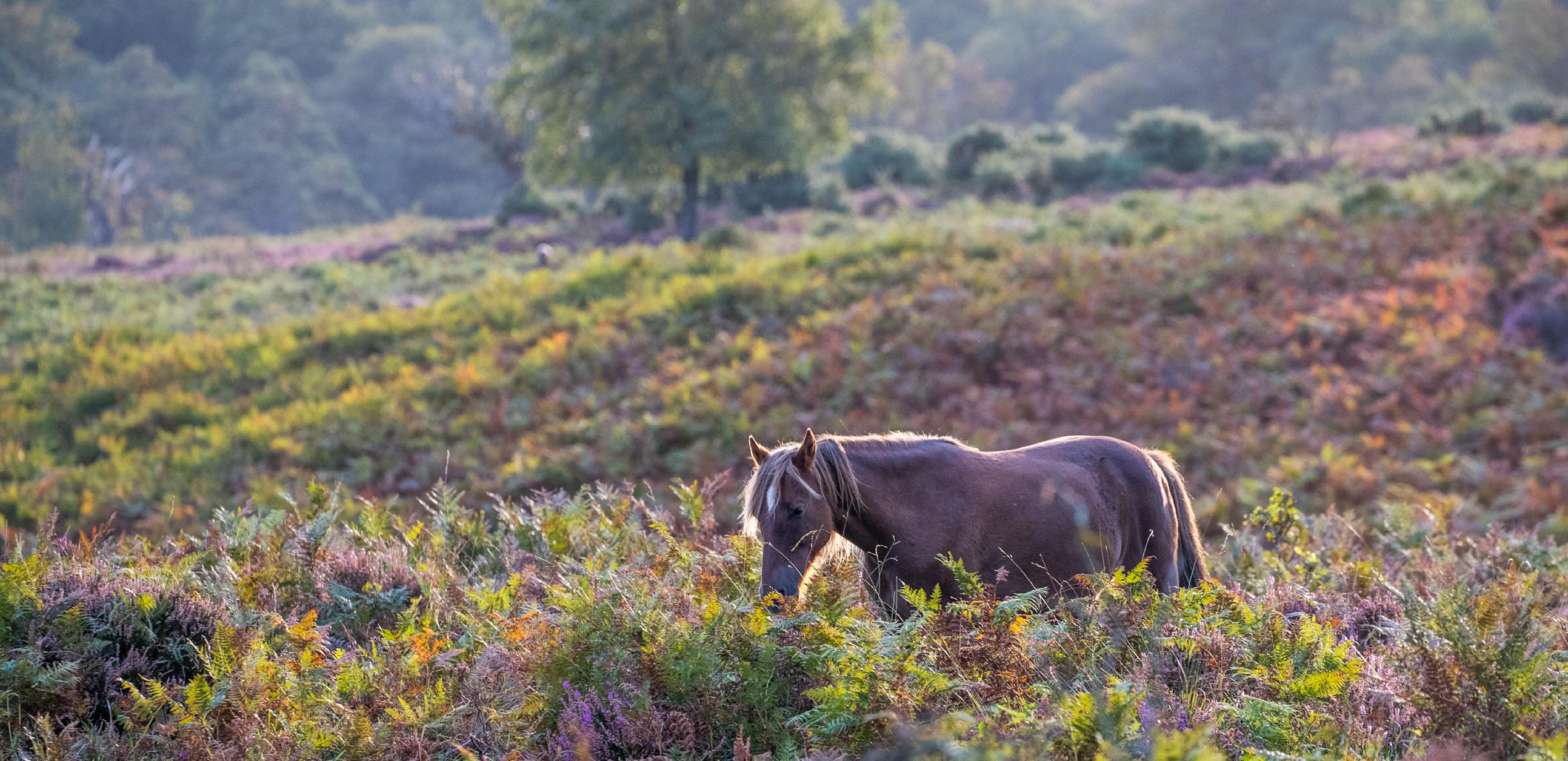
“ As the ornament of a forest scene, he is always picturesque ”
- William Gilpin, 1791.
Twice a year, all the ponies are rounded up by agisters and helpers on horseback and are counted, dewormed and checked for health problems.
Ponies are then selected to be sold, most frequently at the nearby Beaulieu Pony fair, attracting large crowds of prospective buyers.
They make excellent partners for riders of all ages and abilities and are strong enough to be ridden by adults. Their canter is their best gait, and they are extremely sure-footed.
They are known for having fantastic temperaments and being intelligent and versatile.
Hands up if you want to ride a New Forest Pony?! We know we do!

“
An exceptional all-rounder with an endearing character ”
First and foremost, did you know that a ‘warmblood’ is not a breed of horse but rather a type of horse? There are numerous different types of warmbloods, mainly classified according to the regions they come from. Some countries, like South Africa, consider all horses bred in South Africa and registered with the South African Warmblood society to be South African Warmbloods. Countries like Germany, on the other hand, have registries of warmbloods that originated in the region in which the breed was created. For example, the Hanoverian from the Hanover region in Germany and the Westphalian from Westphalia in Germany. The Selle Français is the modern sport horse from France, and the KWPN, or Dutch Warmblood, originates from the Netherlands.
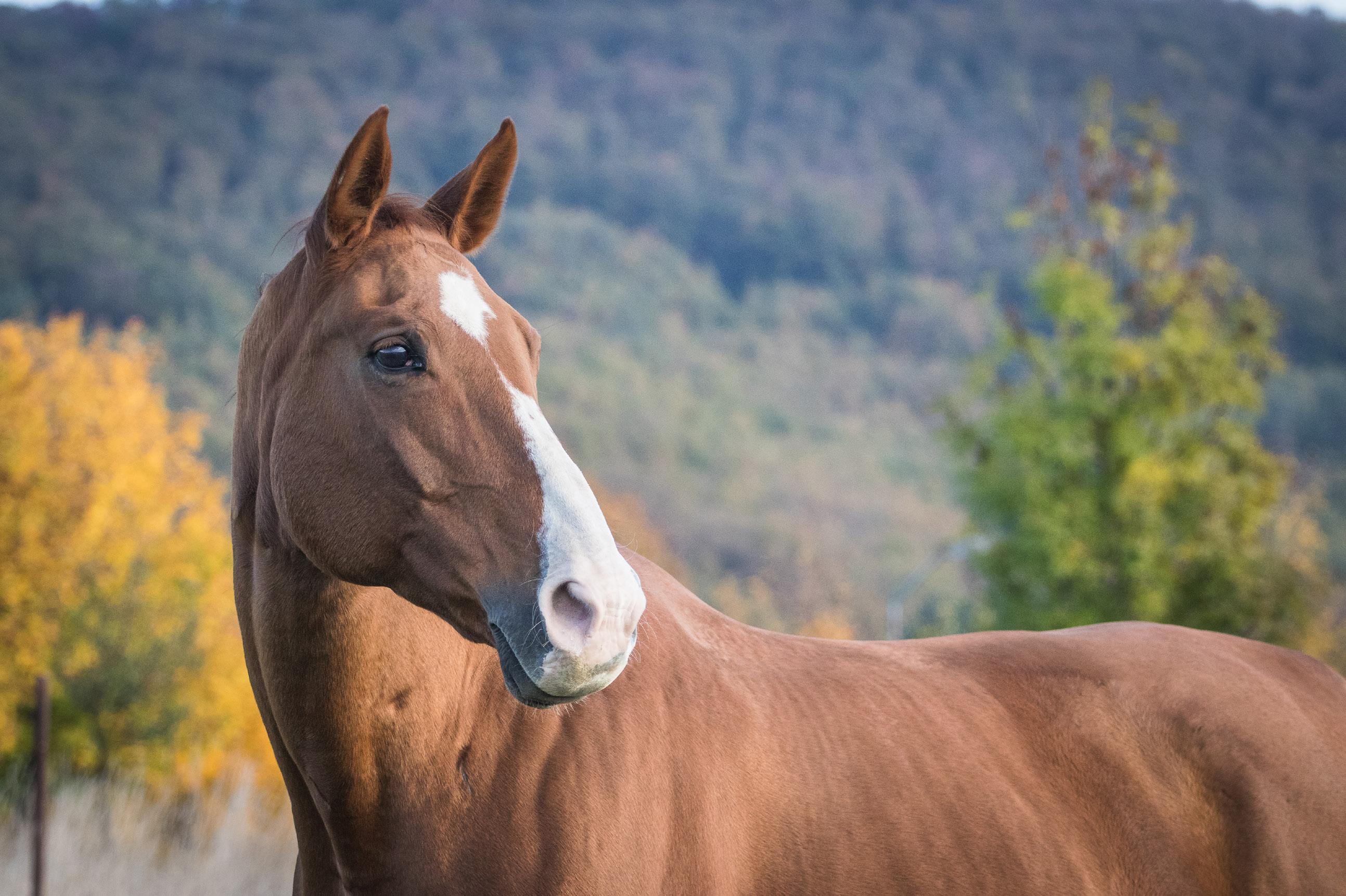
Historically, horses have been used for agriculture, transport and warfare; however, the ever-increasing popularity of equestrian sport stimulated breeders to refine the working horse to morph into more of an athlete. This led to the birth of the warmblood. Today, modern warmbloods are usually used for the three primary equestrian Olympic disciplines - dressage, showjumping and eventing.
The term “Warmblood” has been adapted from the German word “Warmblut.” Many people over-simplify how the modern Warmblood was created, simply stating that crossing ‘coldblooded’ horses with ‘hot-blooded’ horses created a warmblood. ‘Cold-blooded’ refers to horses of the draft type, for example, the Clydesdale. ‘Hot-blooded’ refers to lighter horses such as the Arab and Thoroughbred. All modern warmbloods are the result of historic crosses of cold-blooded horses to hot-blooded horses, but the modern warmblood is no longer just a simple cross of a heavy draft type horse to a lighter type of horse.
In South Africa, for example, it has been common practice to cross an imported warmblood stallion such as a Hanoverian to a great quality Thoroughbred mare that has been inspected and approved. Studs like Callaho Warmblood Stud are even using imported stallions that are largely Thoroughbred and Anglo-Arab to their warmblood mares, which has created some exciting potential athletes. These stallions have been approved by their relevant studbooks in their home countries and add great qualities to the foals they produce.
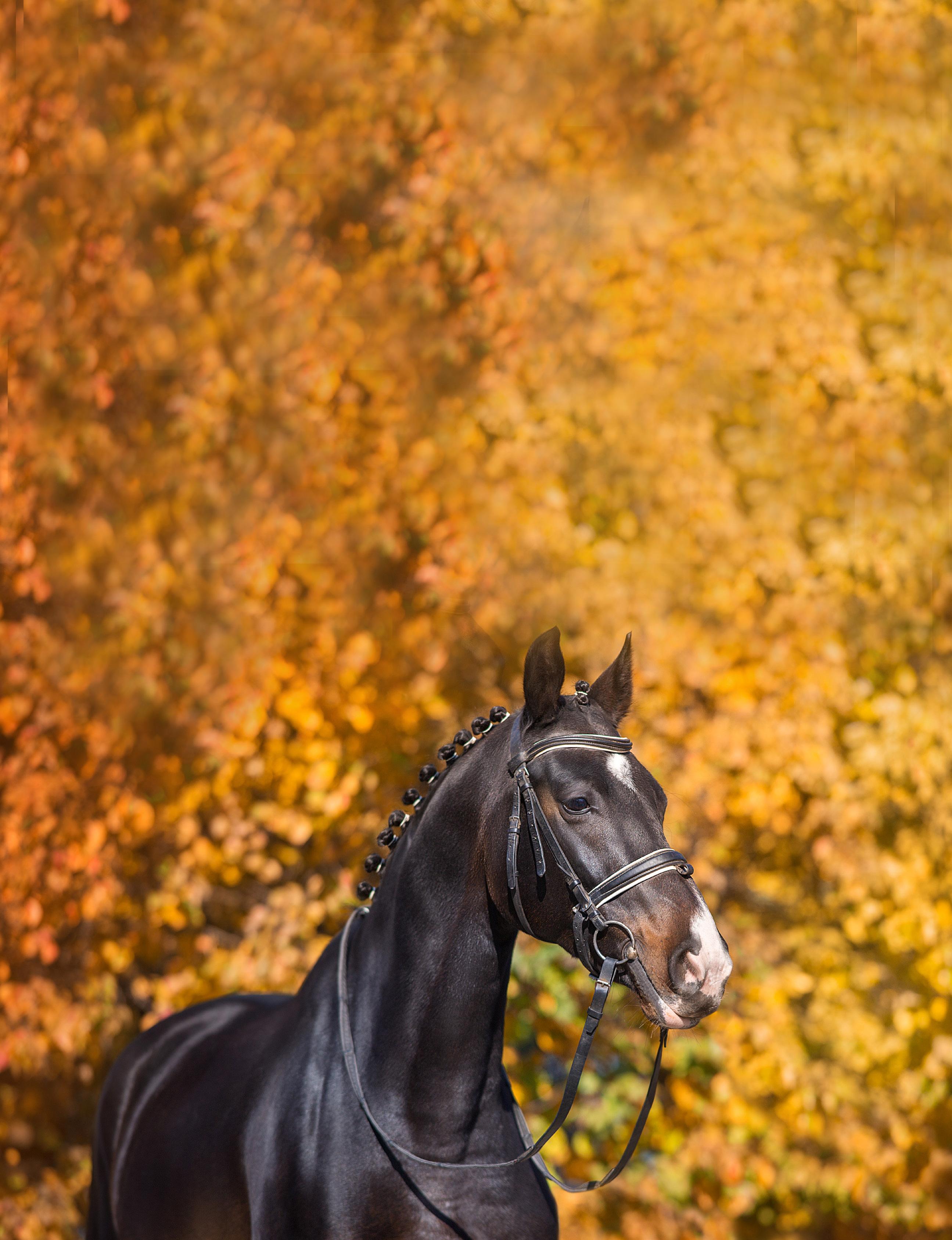
A studbook is an official record of the pedigree of purebred animals, like horses. Usually, only the finest examples of the breed in question are permitted to enter into the studbook. This helps to maintain the breed standard.

Each studbook has its own ideas about the ‘ideal’ warmblood, and this is why each type of warmblood is slightly different in breed characteristics. Some studbooks, like the Hanoverian Verband, are older and much larger than others. The studbook for the Hanoverian Verband, for example, was founded in 1888, but horse-breeding in the area has taken place for over 400 years. Hanoverian breeders have over 400 stallions to choose from, making this one of the largest studbooks in the world.
To keep the high standard of the large warmblood studbooks, licensing, inspections and even performance testing are routinely carried out to ensure only the highest quality horses are bred further to produce the warmbloods we will ride in the future.
Your pony’s windpipe has lots of rings of cartilage in it to stop it collapsing when he breathes in.

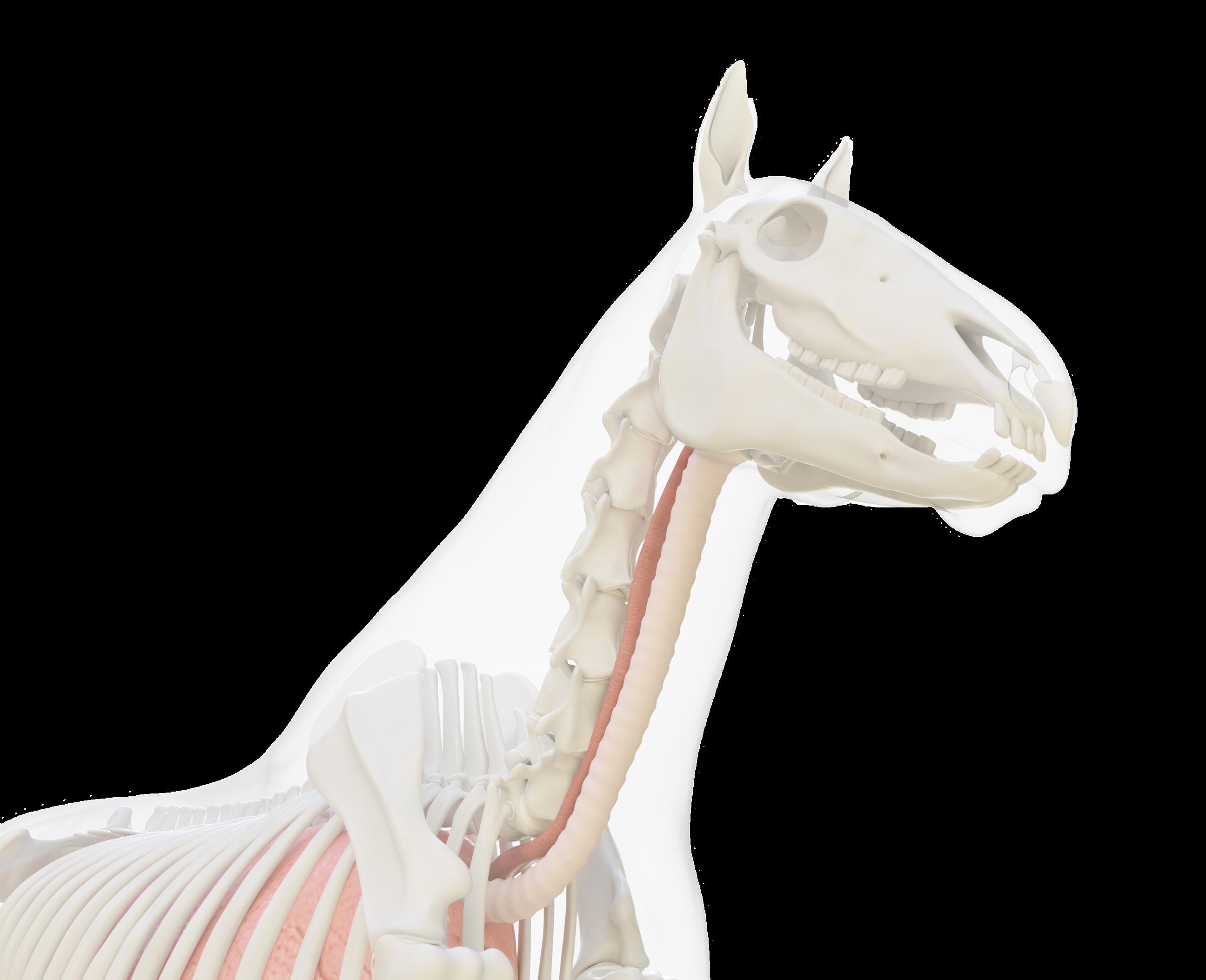





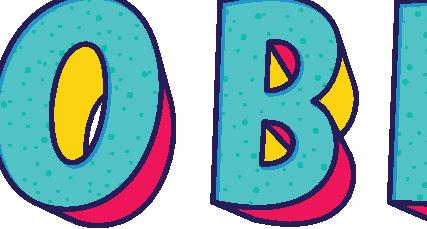
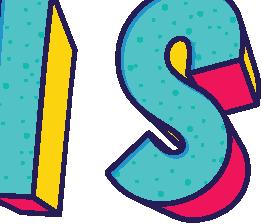








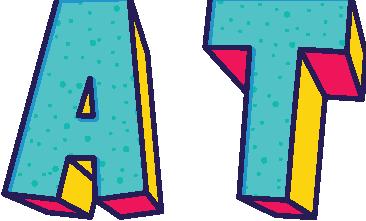

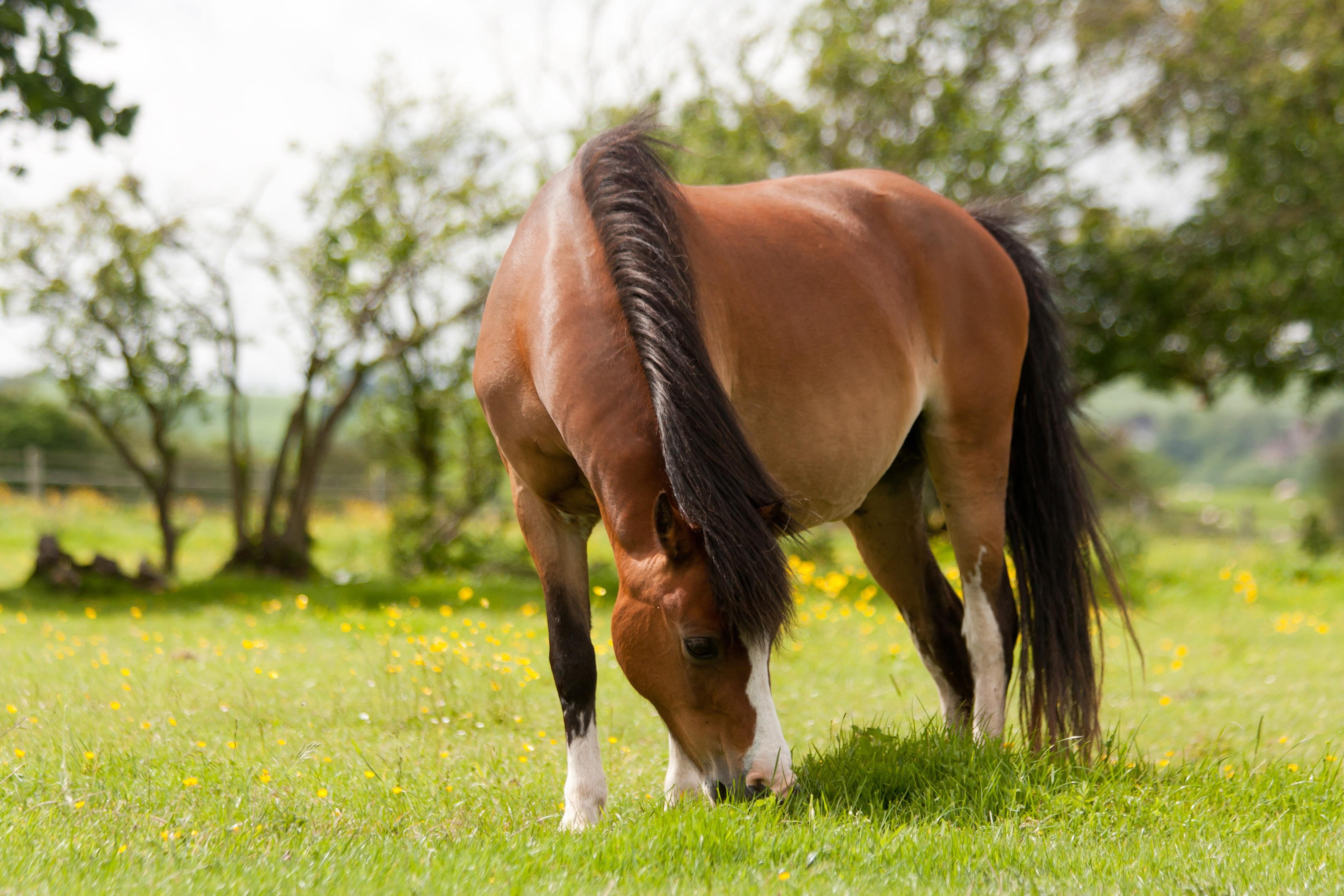
In more natural settings, it is rare to come across ponies that are overweight or obese as they have to survive harsh winters, live off rough grazing, and walk miles each day to find food and water. We can all agree that this is a little different to the lives our ponies have with us!
As pony owners, we tend to provide more food and warmth – in the form of hay, concentrate feeds and rugs – than our pony actually needs and then we restrict his movement to paddocks and a bit of exercise with us. Just like in humans, when a pony takes in more calories than he burns, he stores the excess as fat so it’s easy to see how with all the calories, and limited movement our ponies can become overweight.
Obesity is a significant cause of illness and death in ponies. Aside from putting extra strain on ponies’ joints, tendons and ligaments, the excess fat tissue causes hormonal problems in the body, which upset the balance of the metabolic system with serious and sometimes even deadly consequences.
Therefore, the most important thing about obesity is to spot it early, do something about it and ultimately keep your pony’s weight under control and his body condition healthy.
Identifying when your pony is overweight can be tricky. We have become more and more used to seeing overweight ponies as ‘normal’, because so many ponies are overweight, that we don’t realise our pony needs to lose some weight to avoid being in danger.
Ponies carry their fat in a few different places – just like humans. The obvious fat pads are in the crest of the neck and on the shoulders and hindquarter, but fat can also be stored over the ribs and at the top of the tail, among other areas. Fat on the outside is easier to assess than the fat that builds up around our pony’s organs inside their body. This ‘hidden’ fat is difficult to measure, but is very dangerous for our pony.
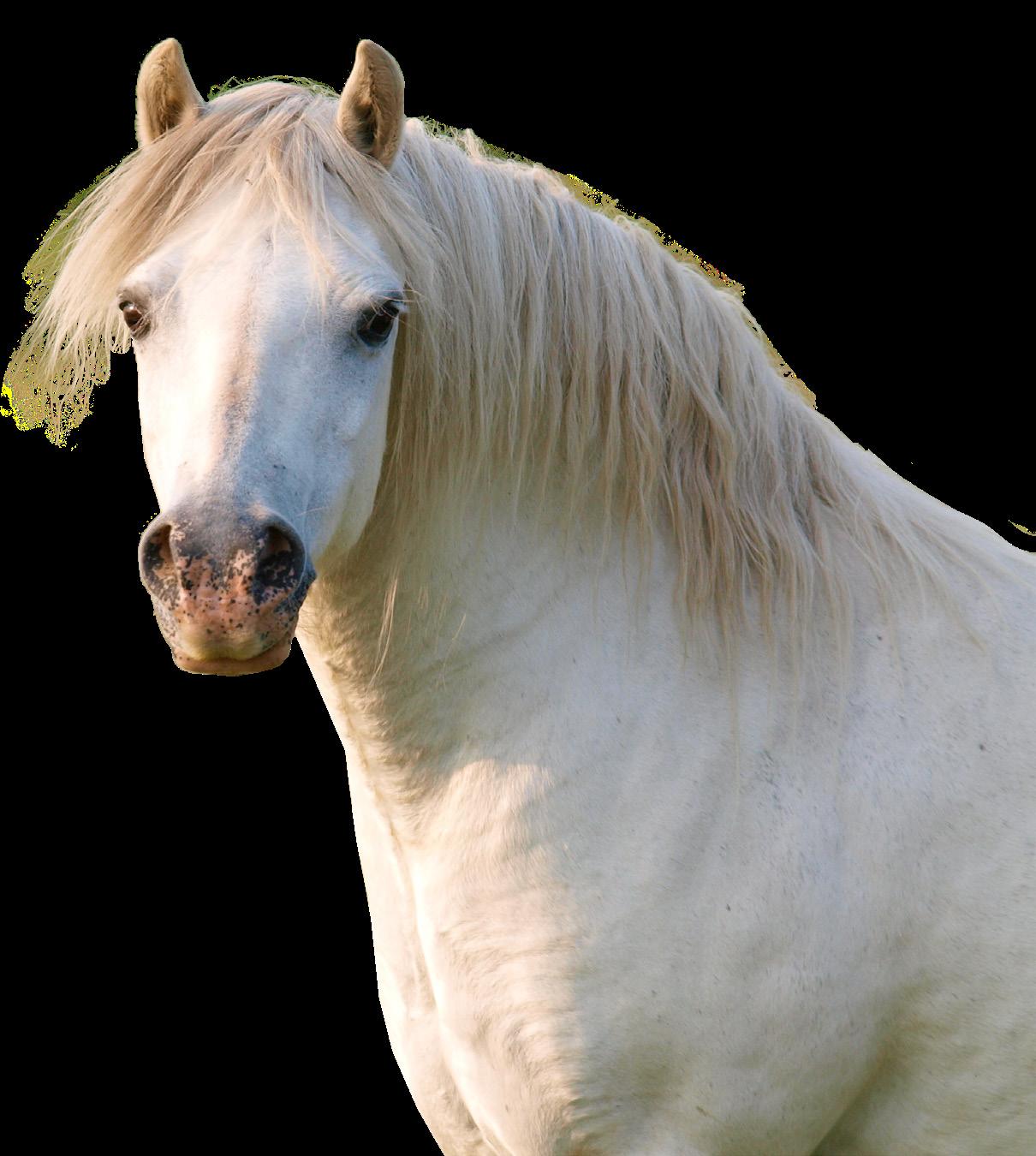
Body condition scoring, otherwise known as fat scoring, is a way to assess your pony’s fat covering to help determine whether he is at a healthy weight.
The three key areas to look at are the neck, body and hindquarters, and you will need to not only look at your pony but also to feel him so you can work out the difference between muscle and fat. Generally, fat feels more spongy, whereas muscle is harder, although fat in the neck can start to feel firm and this is when it is dangerous.
In this overweight pony you can see that the tissue looks spongy and uneven. This is fat tissue.
Each area you look at and feel is then scored from 0-5 and then an average is taken (ask an adult how to do this if you are not sure) to work out the final score for your pony.
A healthy score is around 2.5-3 out of 5 unless your vet advises otherwise.
The University of Liverpool in the UK created a table to describe each score.
Score 0 = Very poor
Pelvis = Angular, and skin appears tight. Very sunken rump.
Back and ribs = Skin tight over ribs. Very prominent and sharp backbone.
Neck = Marked ewe neck. Narrow and slack at the base.
Score 1 = Poor


Pelvis = Prominent pelvis and croup. Sunken rump, but skin is supple. Deep cavity under the tail.
Back and ribs = Ribs easily visible. Prominent backbone with sunken skin on either side.
Neck = Ewe neck, with narrow and slack base.




Score 2 = Moderate

Pelvis = Rump flat on either side of backbone. Croup well defined, some fat. Slight cavity under the tail.
Back and ribs = Ribs just visible. Backbone covered, but spines can be felt.
Neck = Narrow but firm.
Score 3 = Good

Pelvis = Covered by fat and rounded. No gutter. Pelvis easily felt.
Back and ribs = Ribs just covered and easily felt. No gutter along the back. Backbone well covered, but spines can be felt.
Neck = No crest (except for stallions) and a firm neck.
Score 4 = Fat
Pelvis = Gutter to the root of tail. Pelvis is covered by fat. Need firm pressure to feel pelvis.
Back and ribs = Well covered – need pressure to feel.

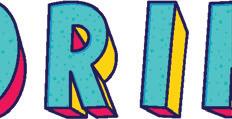
Neck = Slight crest. Wide and firm.
Score 5 = Very fat
Pelvis = Deep gutter to root of tail. Skin distended. Pelvis is buried and cannot be felt.
Back and ribs = Ribs buried and cannot be felt. Deep gutter along the back.
Back broad and flat.
Neck = Marked crest – very wide and firm.
Fold of fat.
A very cresty neck in an obese pony.
Feel along the top of your horse’s neck and notice if there is any hard fat and if you can wobble it from side to side. Then run your hand down the neck and onto the shoulder. Fat can build up in front of the shoulder blades, which will cause your hand to move smoothly between the neck/shoulder. Instead, in a pony of a normal weight your hand should be stopped between the neck and shoulder by the shoulder blade. Ideally, this shoulder blade should be clearly defined. You may also feel fat pads behind the shoulder blades.

This pony appears to have lots of excess fat around the shoulders.
Run your hand over the ribs. You should be able to feel them quite easily with light pressure. If you have to press firmly or can’t feel them at all, then your pony is carrying excess fat.
Place your hand over his back and note whether you can see and feel your pony’s spine. Ideally, your hand should follow the arch of the spine and be able to feel the backbone. Fat can build up on either side of the spine until it is higher than the spine and creates a gutter. This will often result in your hand lying flat across your horse’s back. If his spine is particularly easy to see and feel, this indicates a lack of fat covering this area.
Run your hand over the hip bones – you should be able to see and feel them easily under a thin layer of fat. If you have to press firmly or can’t feel them at all, then your pony is carrying excess fat. If the bones are sticking out and are very easy to feel, your pony is likely to be underweight.
Safely look at your pony from behind. Ideally, his hindquarters should be slightly round. An ‘apple’ shape and a gutter along the backbone indicate too much fat is present. You should also feel for fatty areas around the top of the tail.
Body condition score can be really helpful but it should be backed up with an accurate weight measurement from a weighbridge to confirm the weight properly. The trouble is, of course, getting to a weighbridge regularly, but this is really the only way to know your pony’s weight.
For more advice on how to assess body condition, get your pony weighed on a weighbridge, or devise a tailored weight management programme, contact your vet and a nutritionist. It’s always good to involve your vet to so that they can consider all of your pony’s health needs when deciding what is the best course of action for him.

You ride over X when riding a three-loop serpentine.
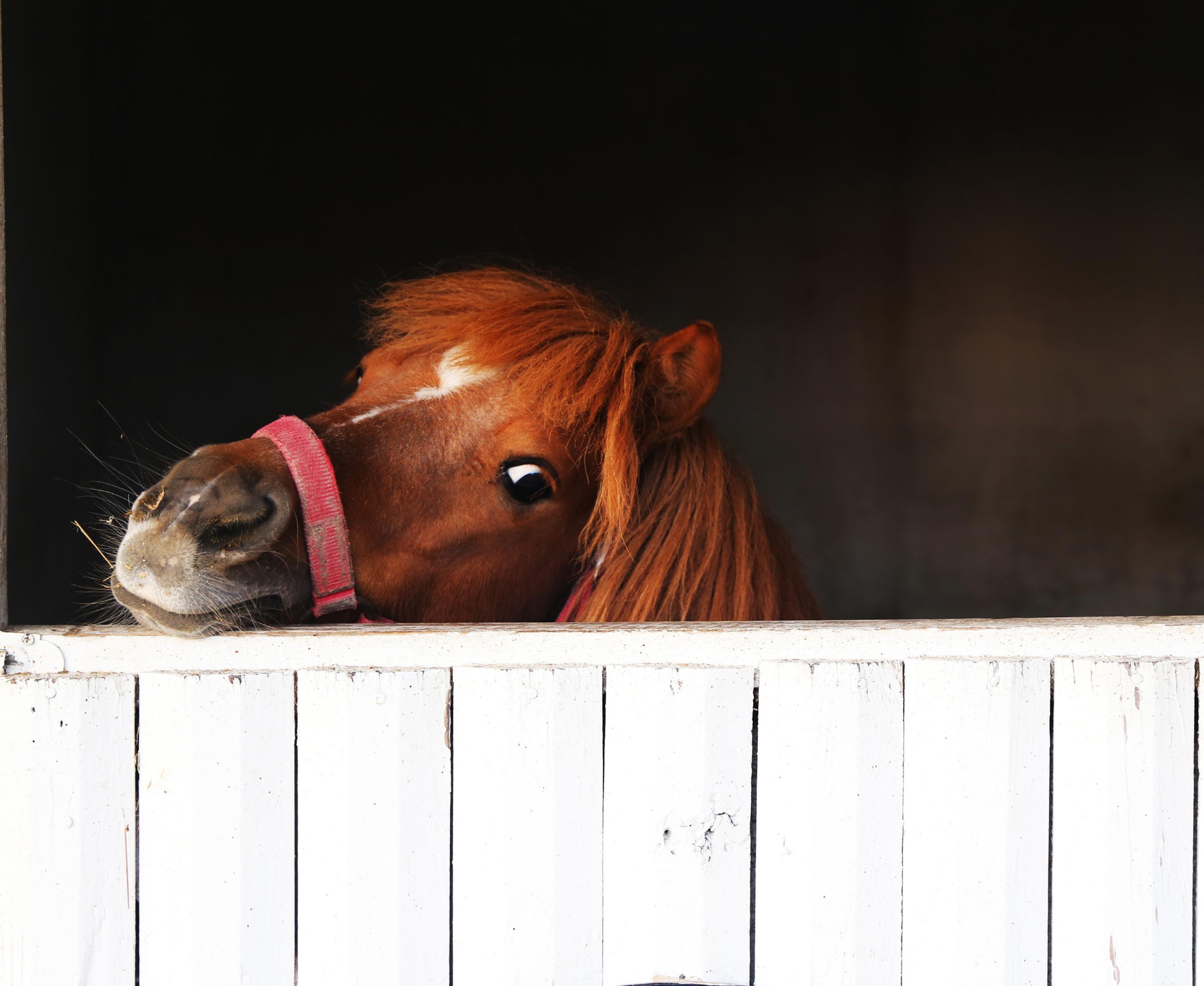
The South African Pony Club handbook contains an extensive list of plants that are poisonous to horses. The list includes many different plant categories and types, which makes it a great resource to use when in doubt. In this article, we will be discussing three poisonous plants that commonly grow in South African paddocks, just to get you started. These are Ragwort, Nightshade, and Pigweed.

The scientific names of these plants are not important. However, it is vital to be able to recognise these plants so that we can remove them from our paddocks. Ragwort is a weed that grows very quickly and spreads easily. It is easy to identify by its small, yellow flowers. It can damage the horse’s liver, causing them to appear dull, depressed, and sometimes even colic. Liver damage can also be noticed by checking your horse’s gums to see if they are pale or light pink. Pale gums are a sign you should call your vet!

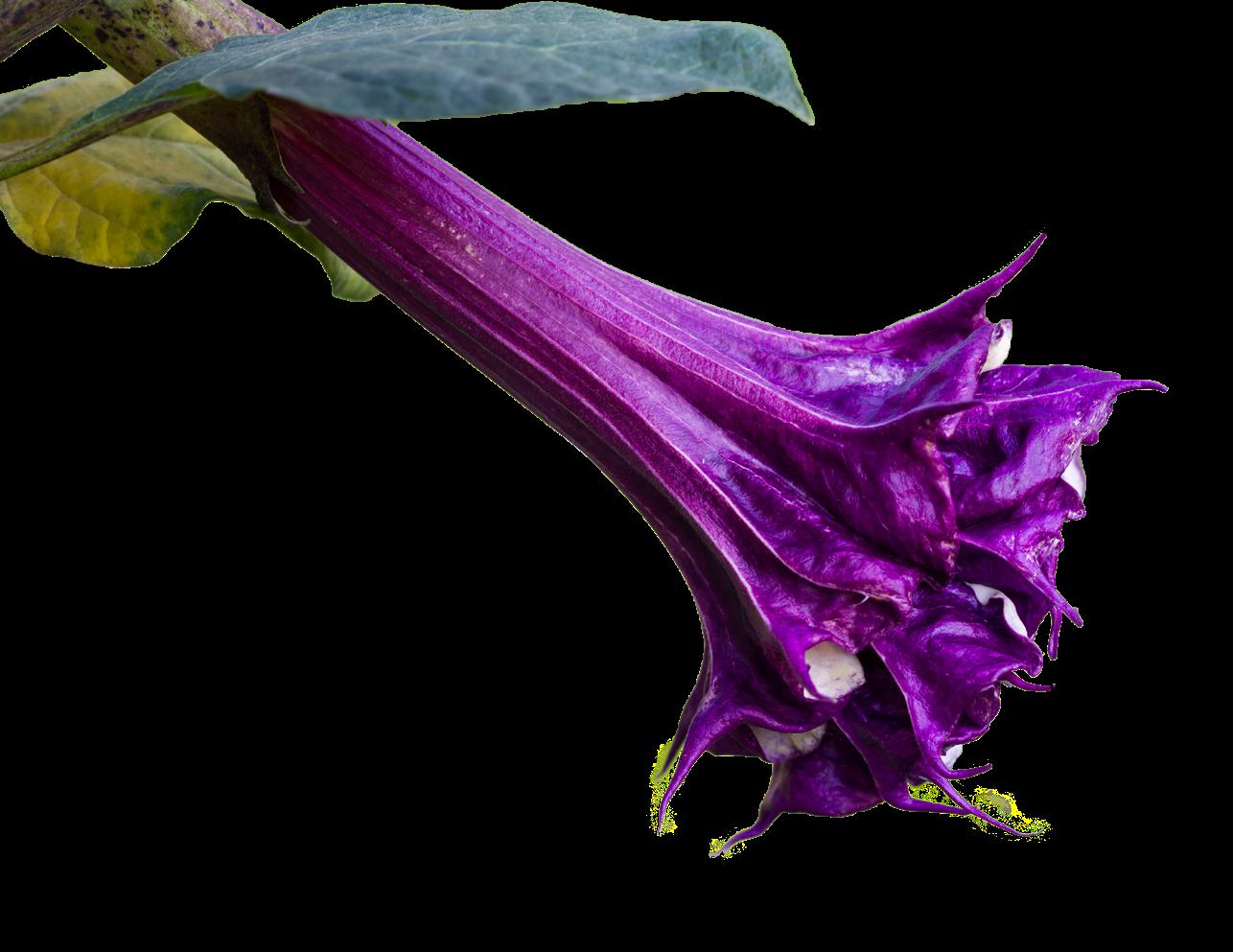
Two poisonous Datura species exist in South Africa. Both the leaves and fruit are highly poisonous to horses. They can both grow into
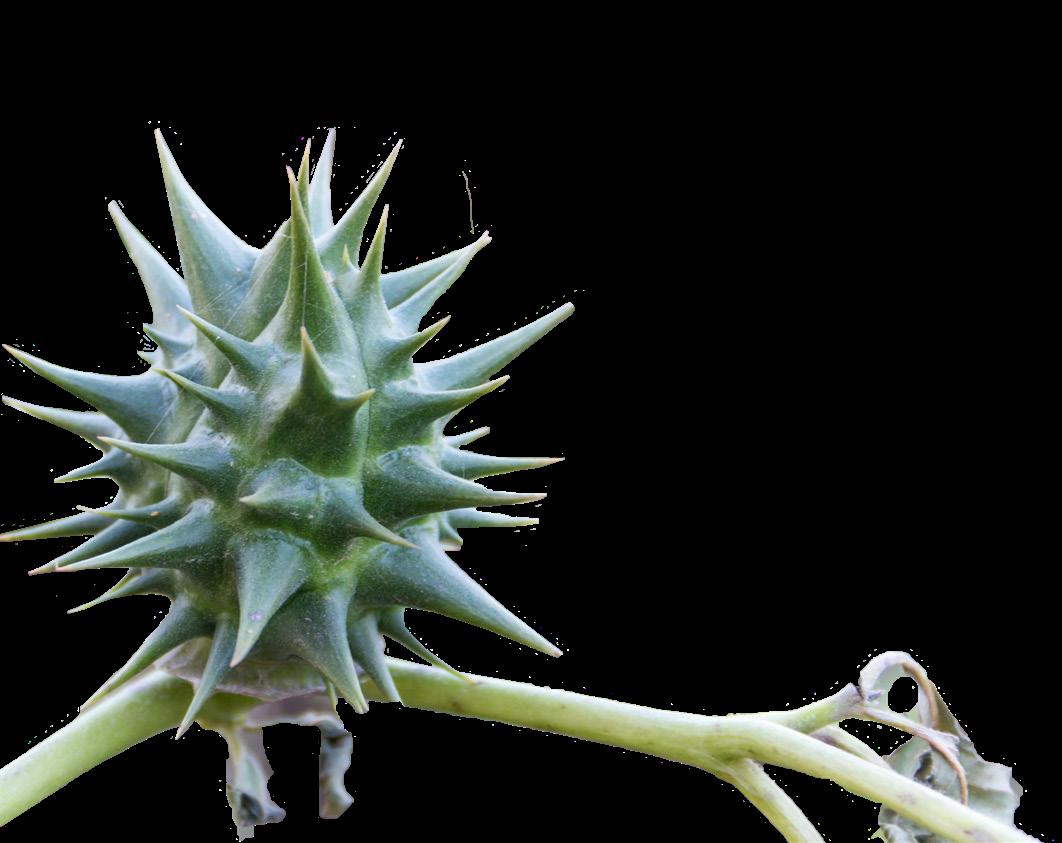
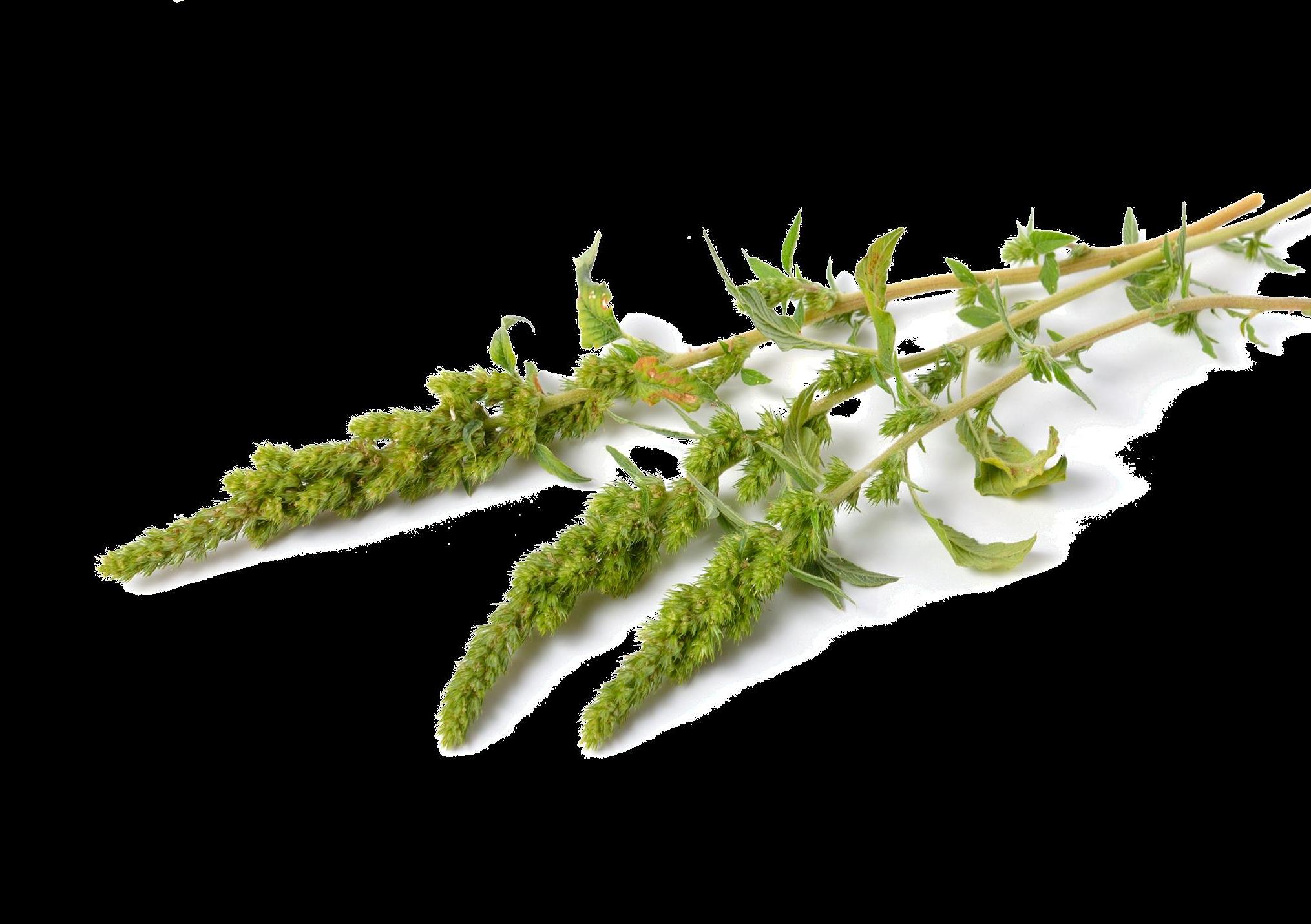
Pigweed is a fast-spreading weed and is very difficult to kill. With strong roots and a prickly stem, it cannot be simply uprooted like Ragwort. It can also quickly become resistant to herbicides. Pigweed poisoning can occur if a horse eats a large amount of the plant. The signs of poisoning include respiratory distress and kidney failure. The good news is that the plant is very bitter, and horses won’t go near it unless they have nothing else to eat at all.
Horses usually do not eat poisonous plants. They are very clever at identifying what is good for them and what is not. However, in some instances where there might not be enough grazing, or there is a particularly curious horse or pony, they might try a poisonous plant. Because of this, we must keep a close eye on our paddocks to make sure that nothing dangerous has snuck into the pasture. The other place that weeds can creep into your pony’s food is in their hay if the plants have grown in the field from which the grass was baled. This means it is a good idea to always check your pony’s hay for any weeds or thorns and to remove them if you do find them.

The Keppy was created specifically for younger riders; the inserts are able to fit sizes 4953. The clean, minimal design has all the features typical of the KEP Italia range, including removable/interchangeable padding, lightweight and breathable materials, the highest adherence to international safety standards, and the strictly ‘Made in Italy’ promise.

Likits are a fun, tasty, and enriching treat for your pony. Made from a vitaminenriched glucose base, these yummy goodies are available in all your pony’s favourite flavours.
The mouth-watering tasty Likit treats are designed to be used in conjunction with the Likit toy range, with varying challenge systems and difficulty levels, helping to relieve your pony’s boredom and stress while in their stable or paddock.
Choose from over 10 Likit flavours! Keep it classic with Carrot, Apple, and more. Feeling daring? Your pony will love the fun Candy Cane, Watermelon and Fruit Salad too.
The Likit range is available at Western Shoppe, in-store and online. Learn more at www.westernshoppe.com.


Can you spot the 10 differences below?
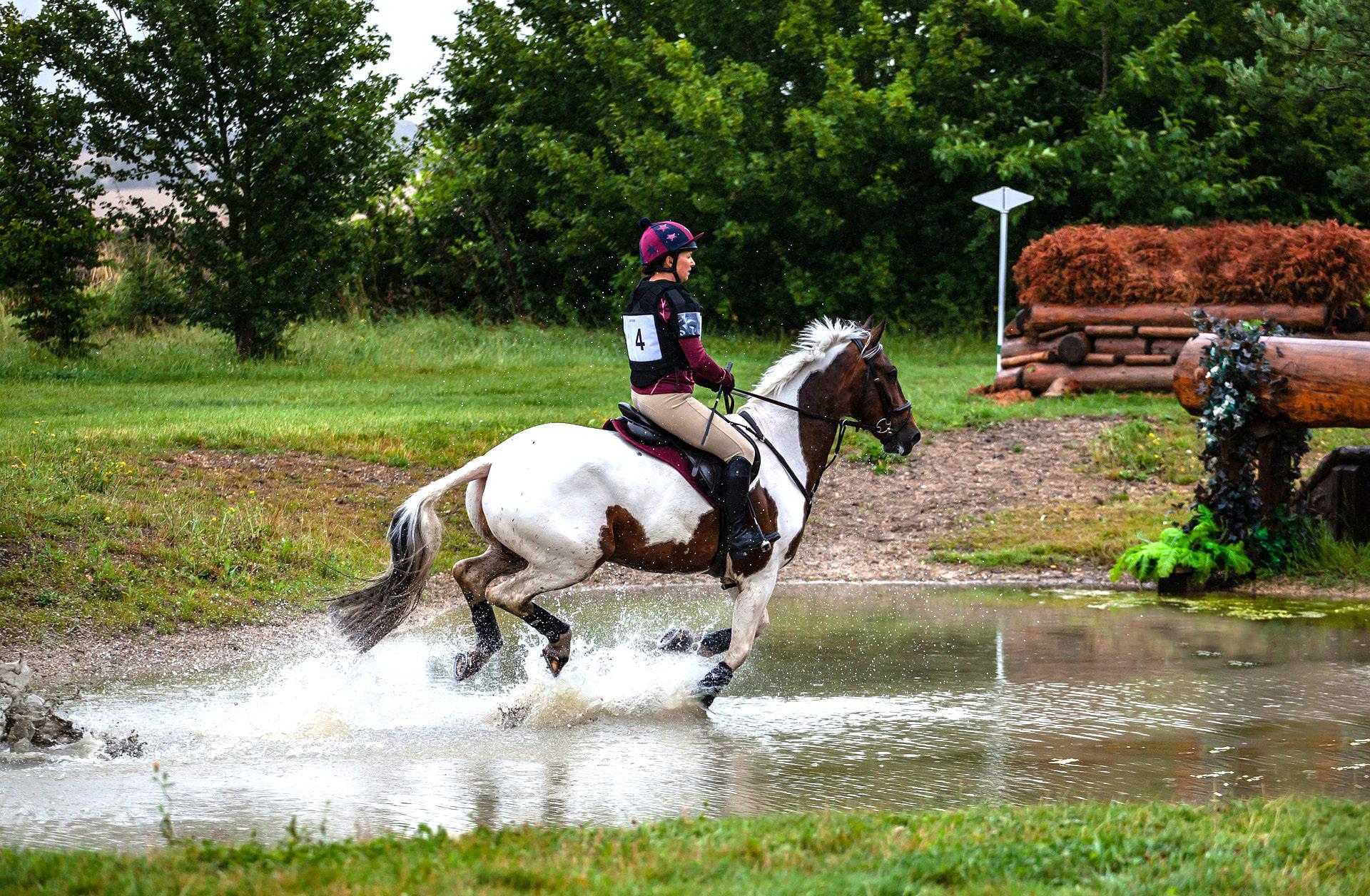
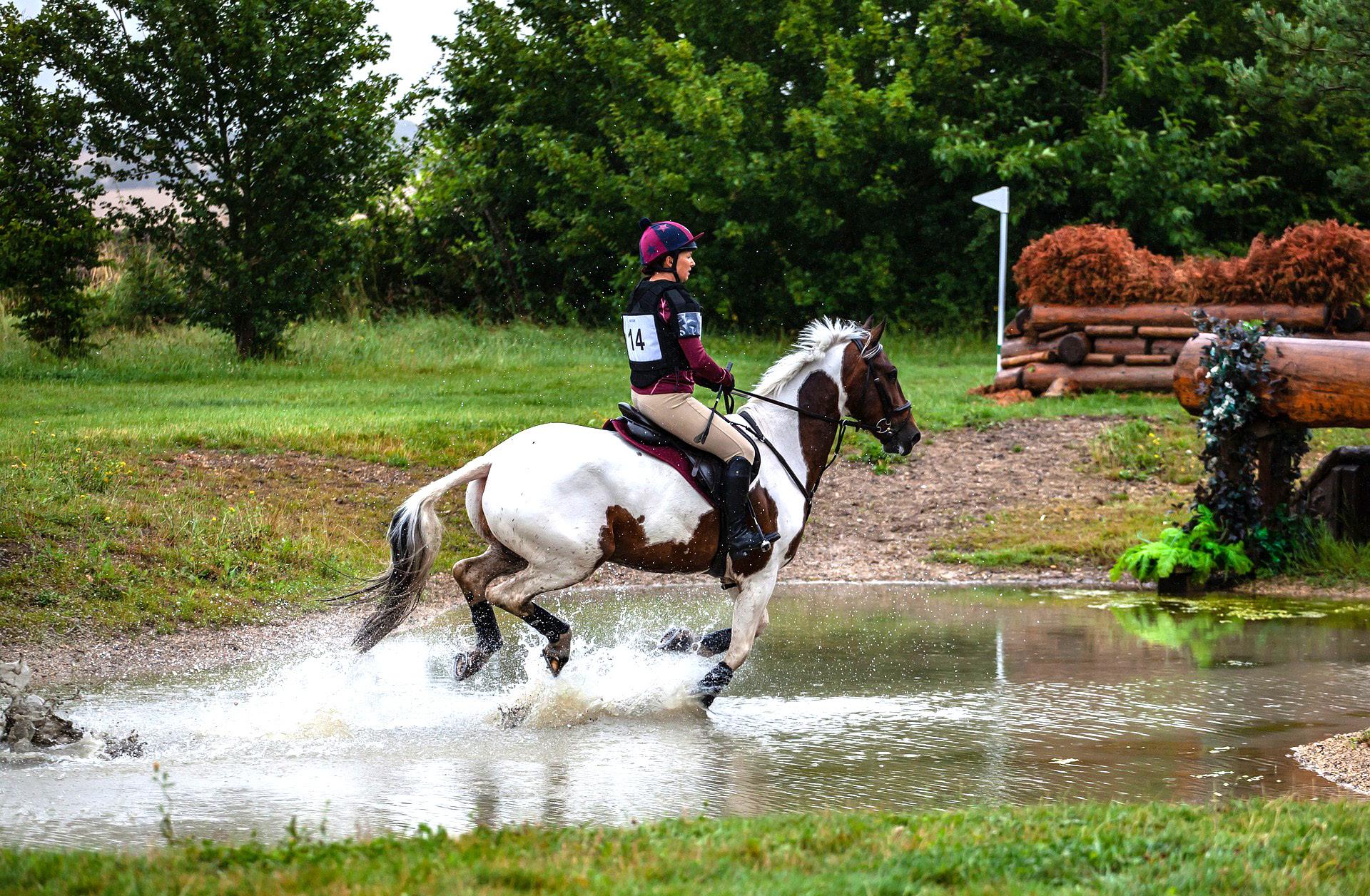
Q: Why do my pony’s legs sometimes swell up overnight?
A: A pony’s heart pumps blood around his body. Movement helps him move this blood even more effectively, as when the pony is moving, and his foot hits the ground, the blood is squeezed back up the legs and back to the heart much more efficiently.
This means that when your pony has to stand still for an extended period of time, like in the stable overnight, the blood isn’t moved as efficiently around his body. This allows fluid to build up in the legs, usually around the fetlocks, causing puffiness.

This generally isn’t anything to worry about, but call your vet for advice if the swelling doesn’t go down when your pony starts to move again, or your pony is lame, or his legs feel hot.
Q: What colour should my pony’s mucous membranes be?









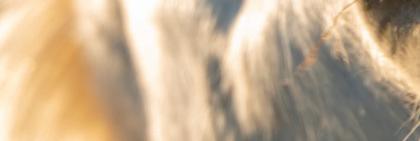











A: Your pony’s mucous membranes are found on his gums, in his nostrils and on the inside of his eyelids. They can be very helpful indicators of
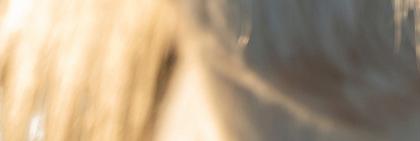

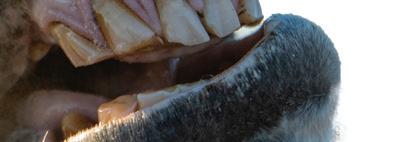
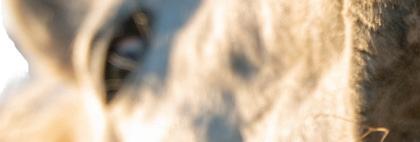
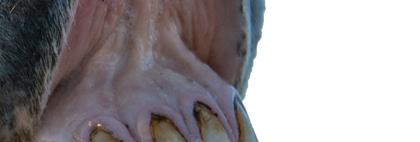

s of health.
Mucous membranes should all be salmon pink in colour colour change should prompt an urgent call to the vet.
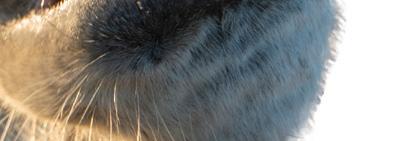
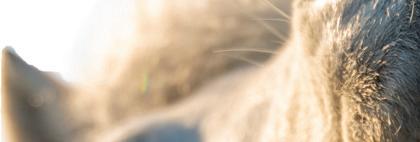
• Pale pink can suggest shock.
• Red can suggest toxicity.

• Blue or purple means the oxygen levels are low in the blood.


• Yellow suggests issues in the liver.
• Any streaks of red or small red spots are signs of infection.
colour, and any e signs

Q:Why is physiotherapy good for my pony?

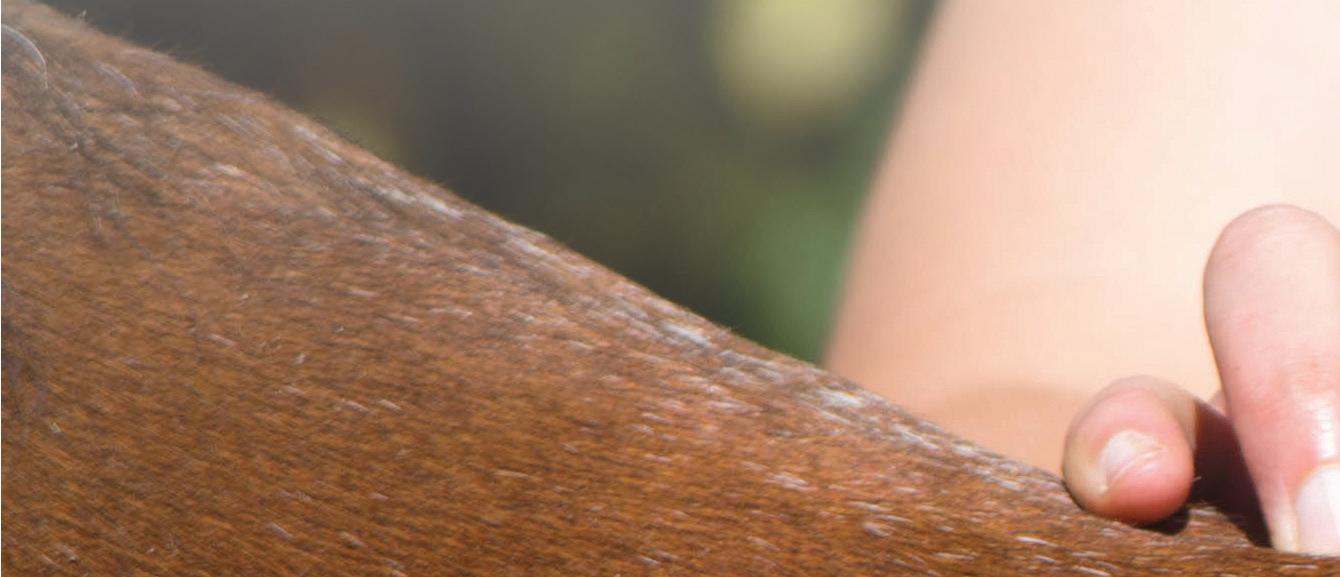
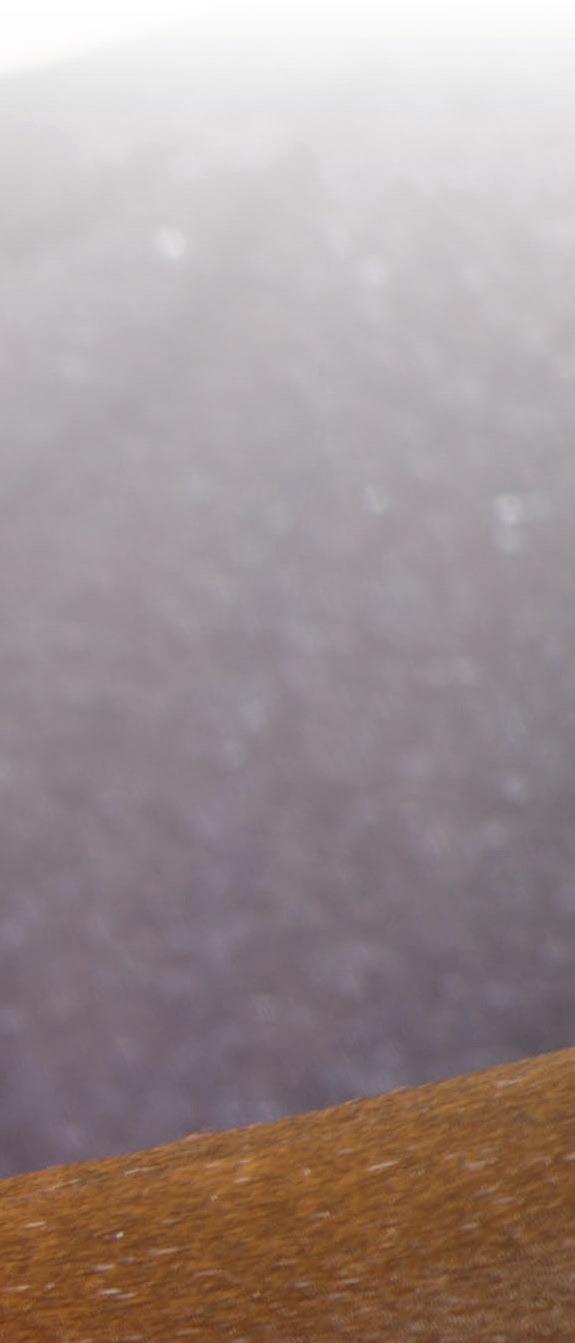

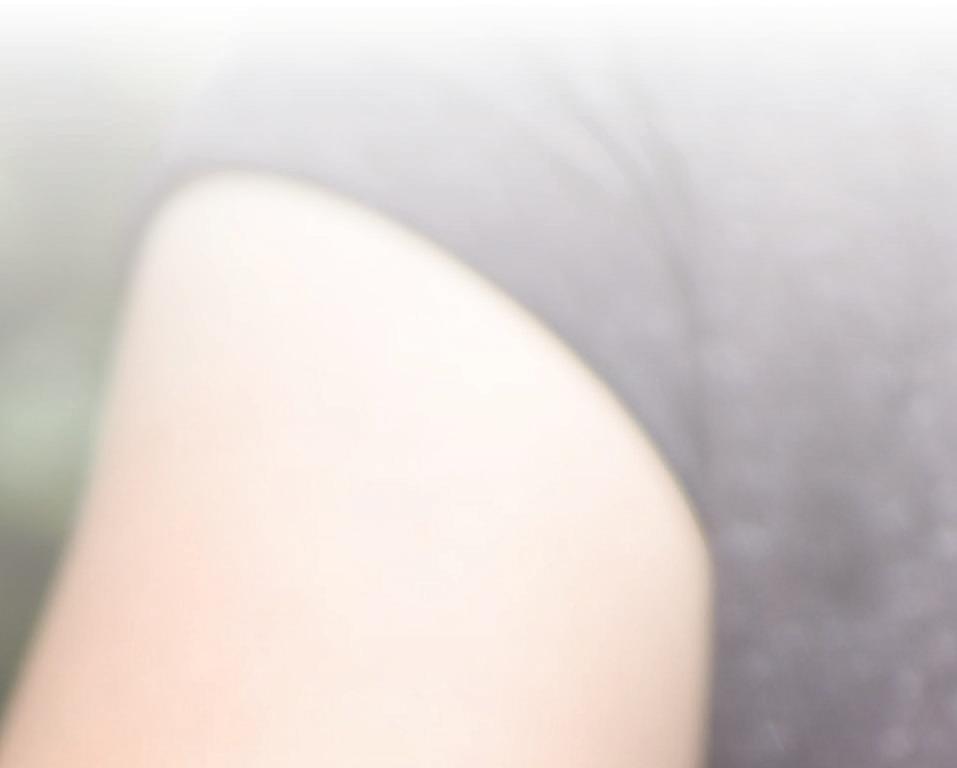

A:Physiotherapy can help your pony to move more freely and to have reduced discomfort from musculoskeletal problems. The aim is to make your pony feel his best and avoid injuries.
Physiotherapists try to work out where the restrictions are in your pony’s range of movement, where he is experiencing pain, or how they can help him perform at his best. They will also try to work out where these issues come from.
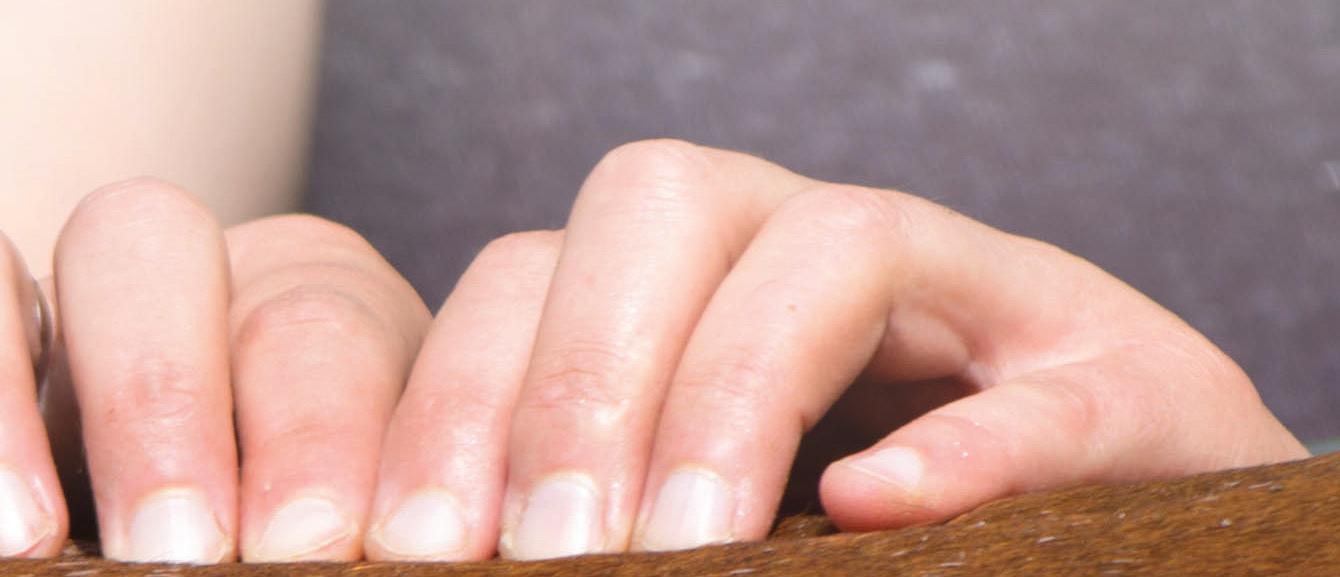

They will then start to try and address the symptoms in his body. This usually involves massage, mobilisation and stretching. Your physio is likely to prescribe a set of exercises and stretches for you to do with your pony to help you continue working on his issues after the sessions.
Basically, physiotherapy is designed to help your pony to feel his best!

